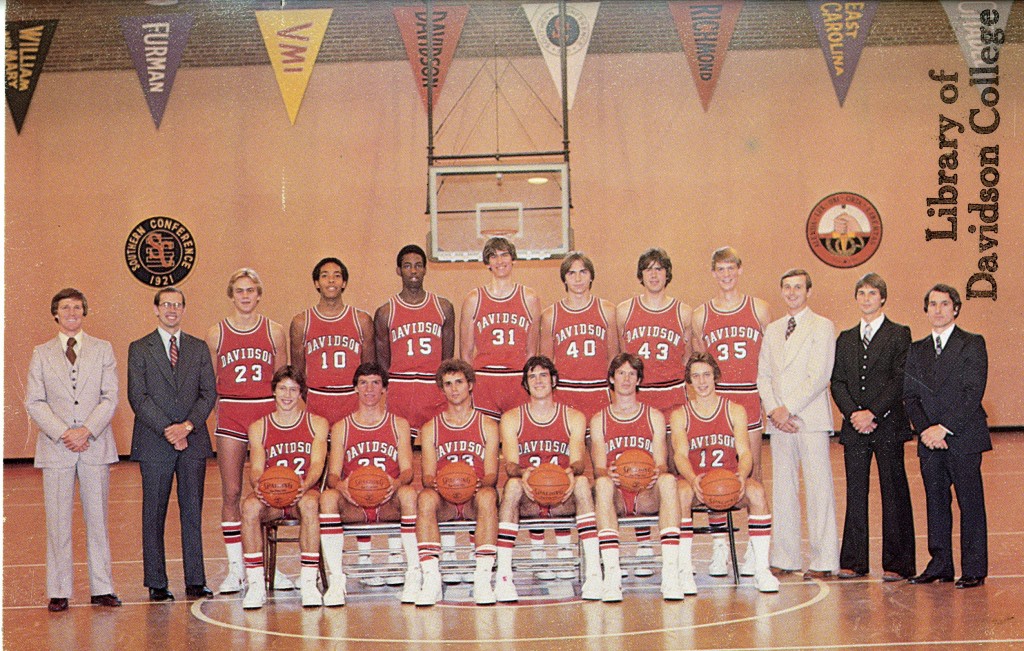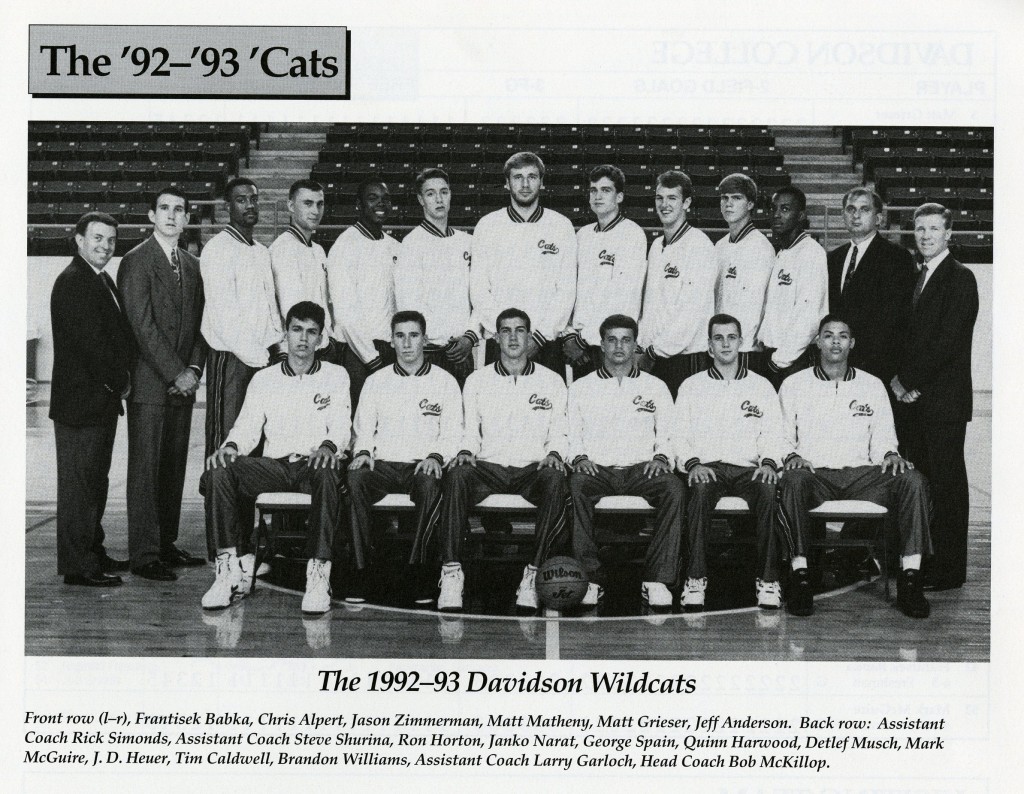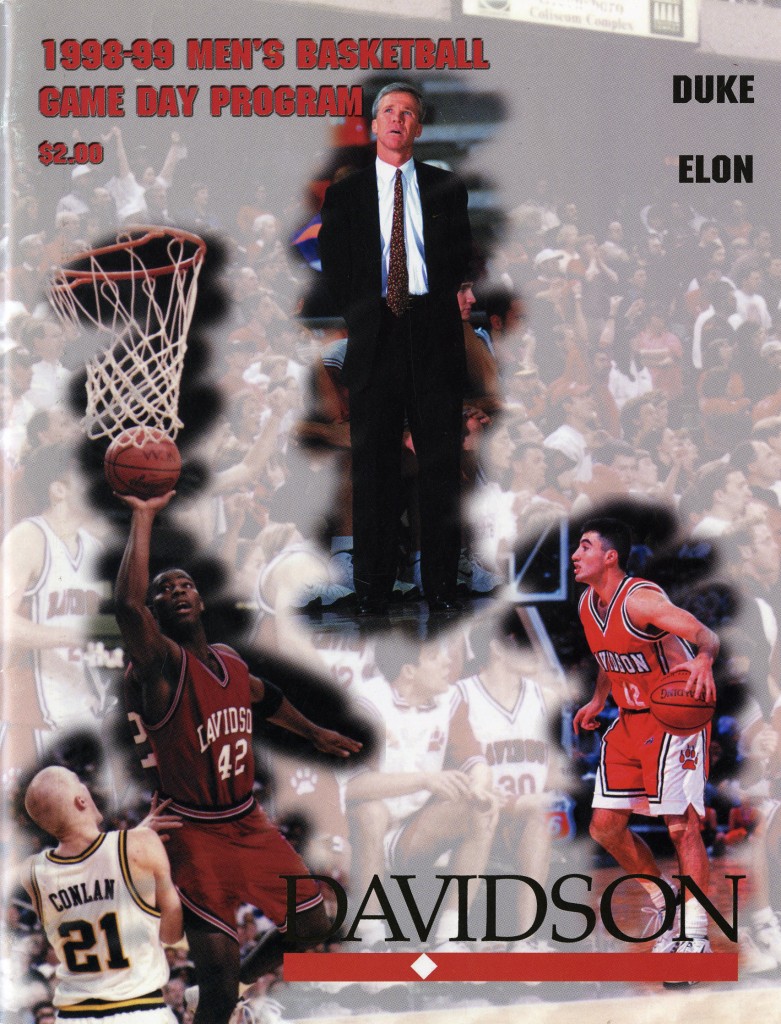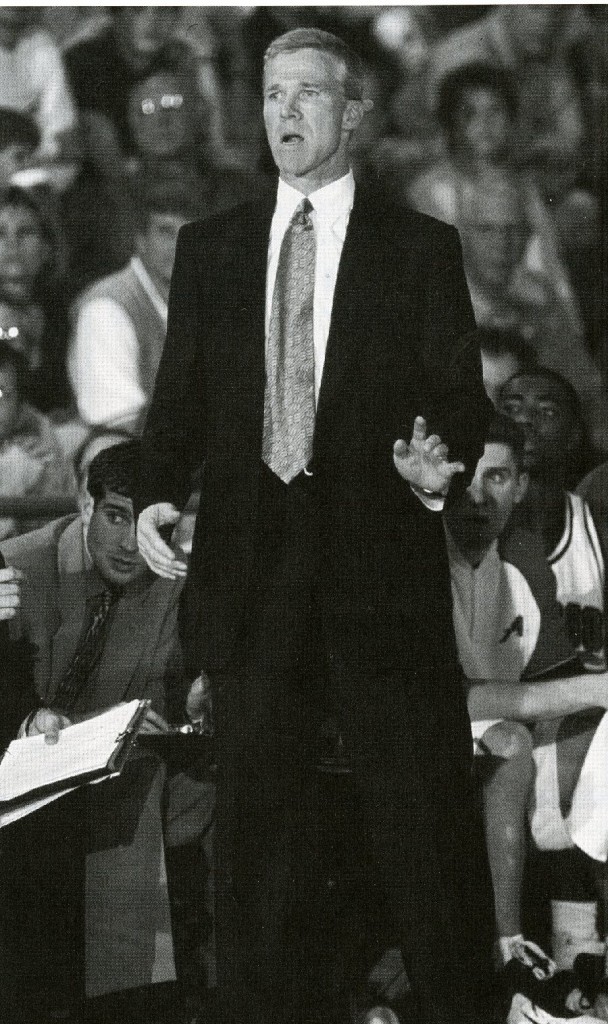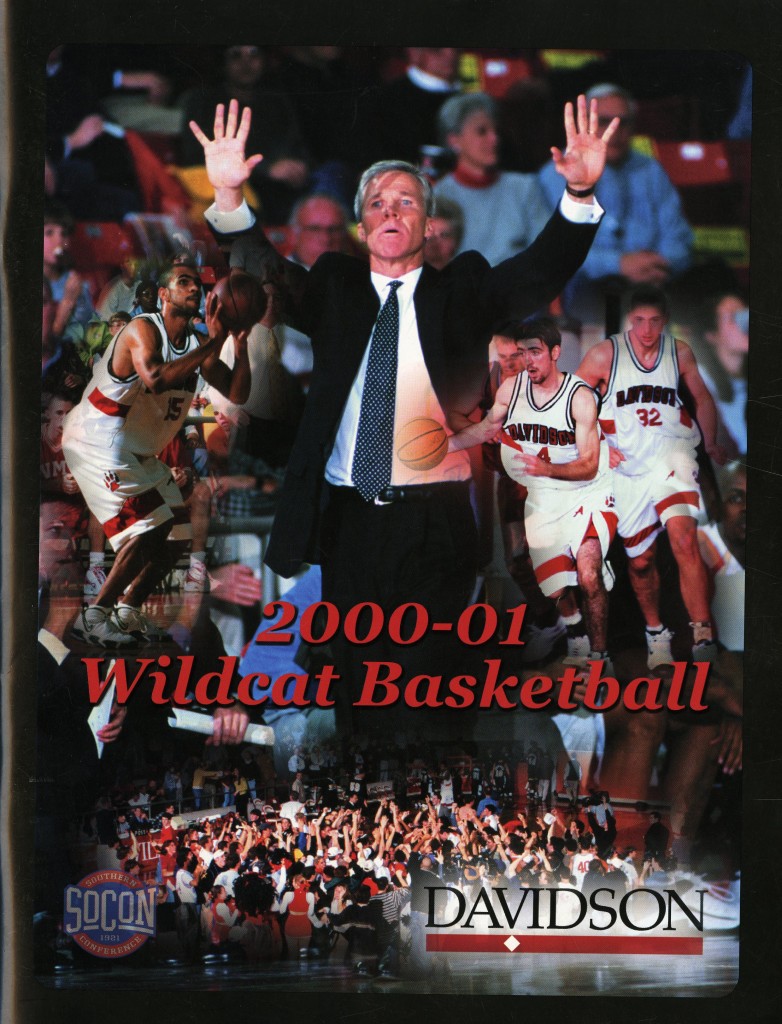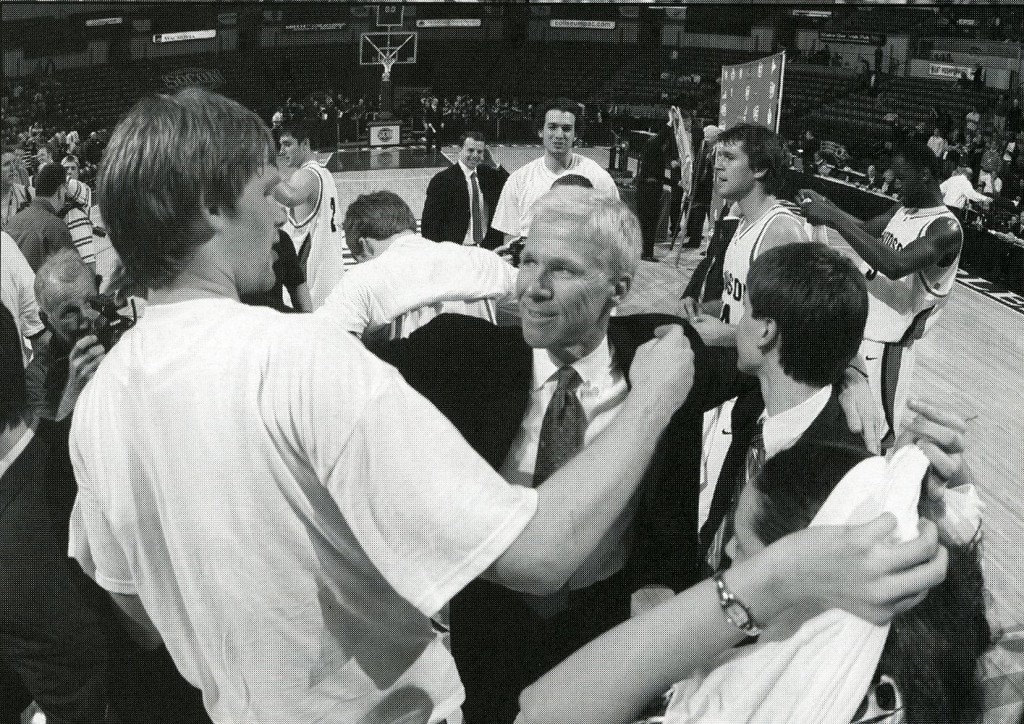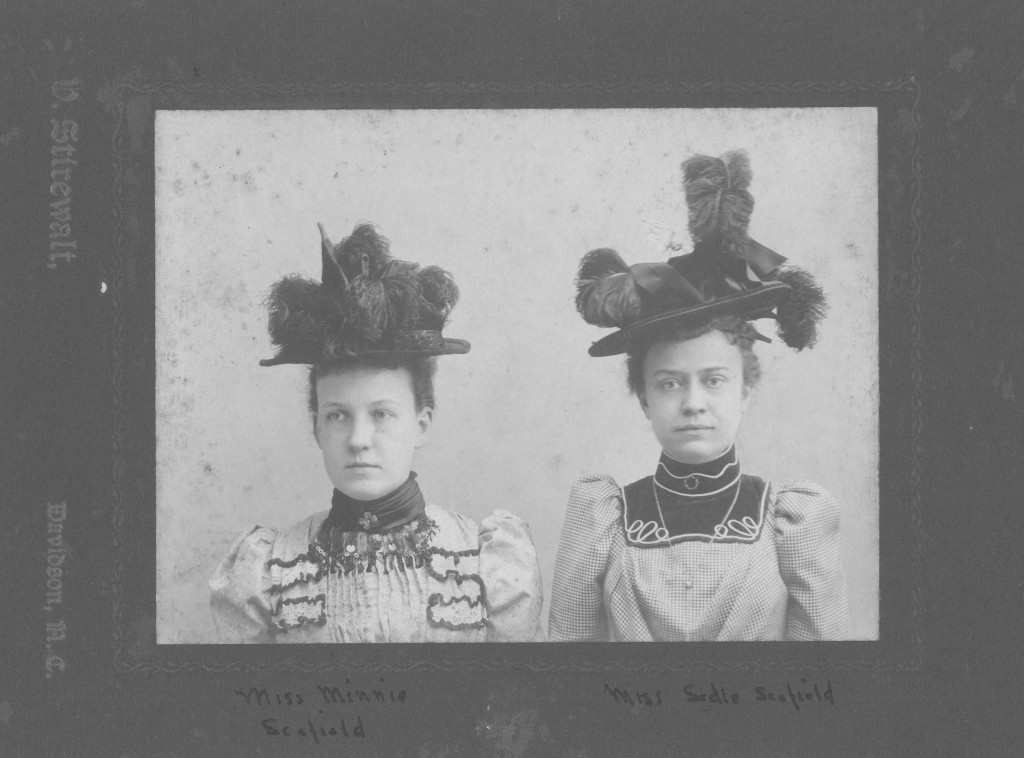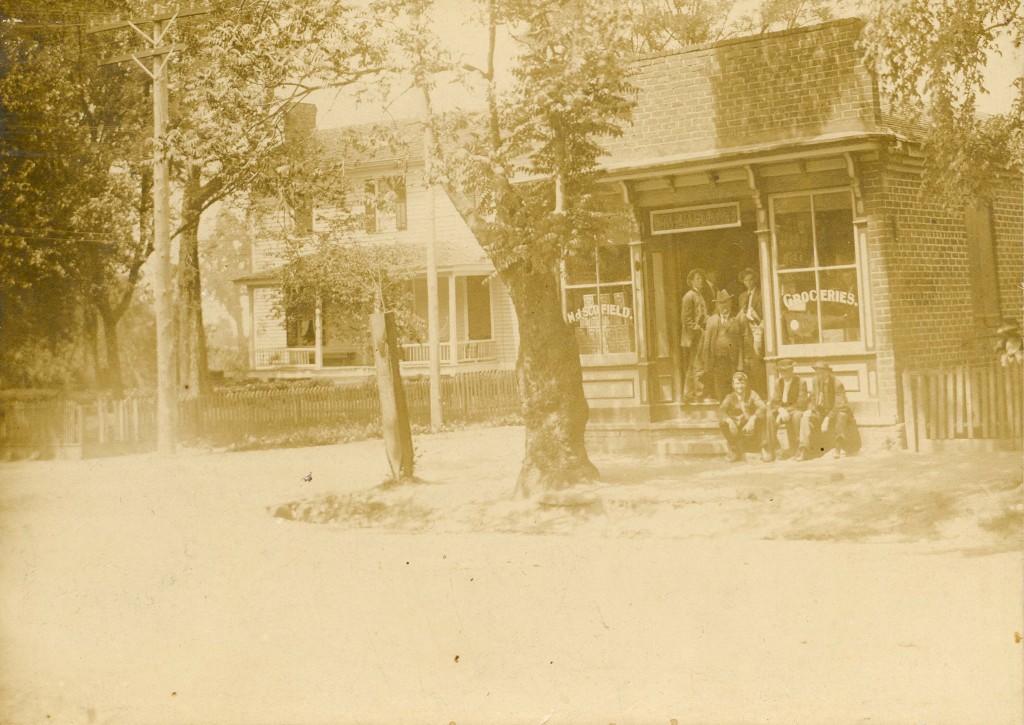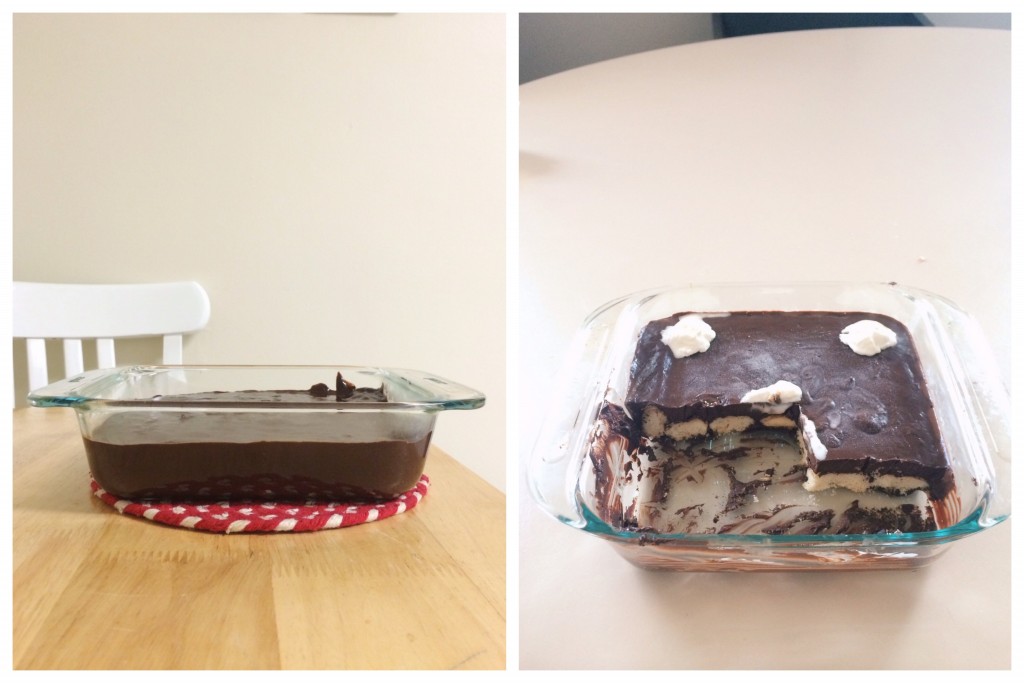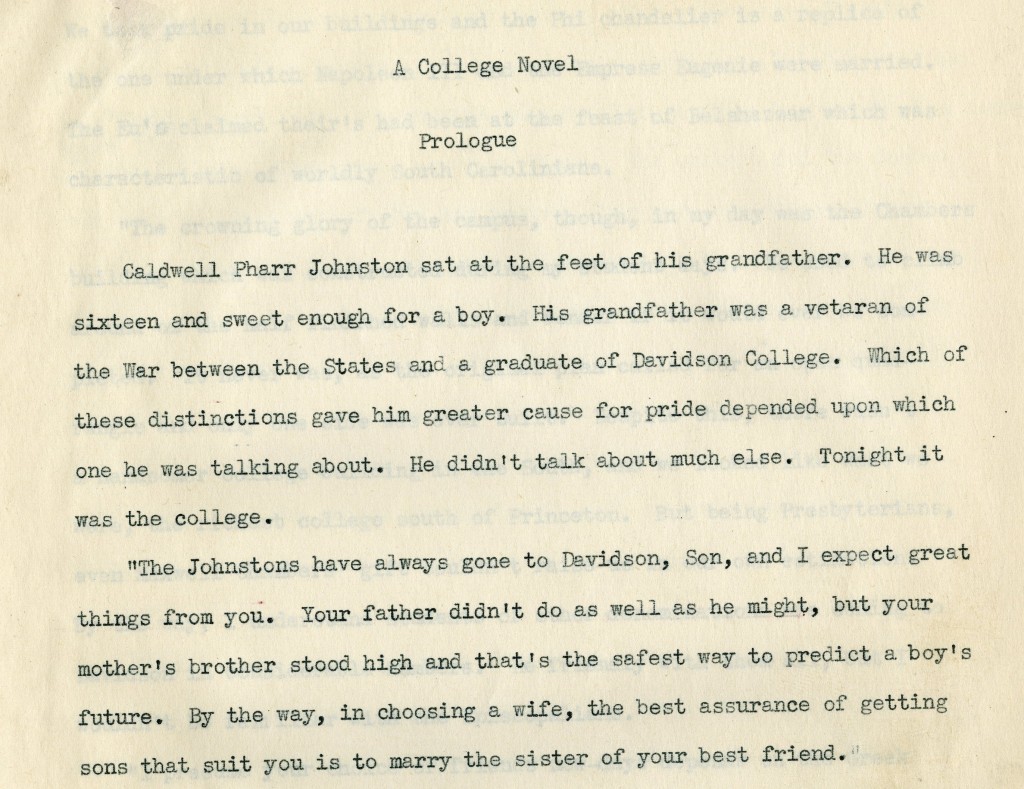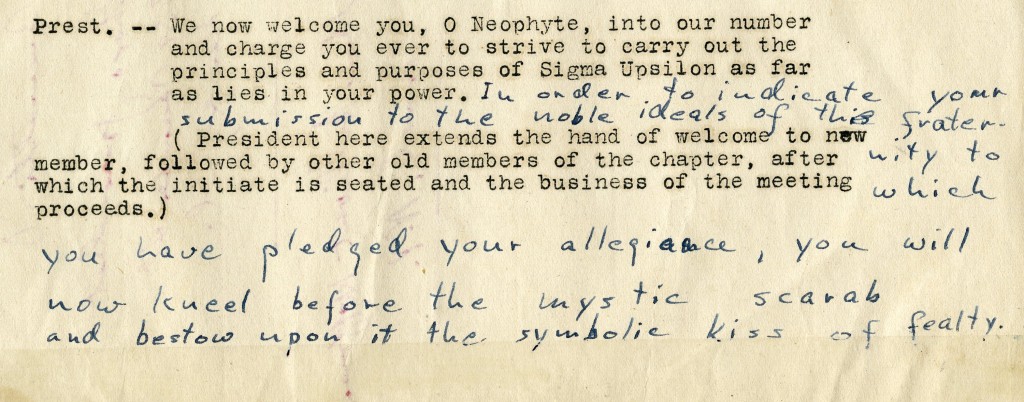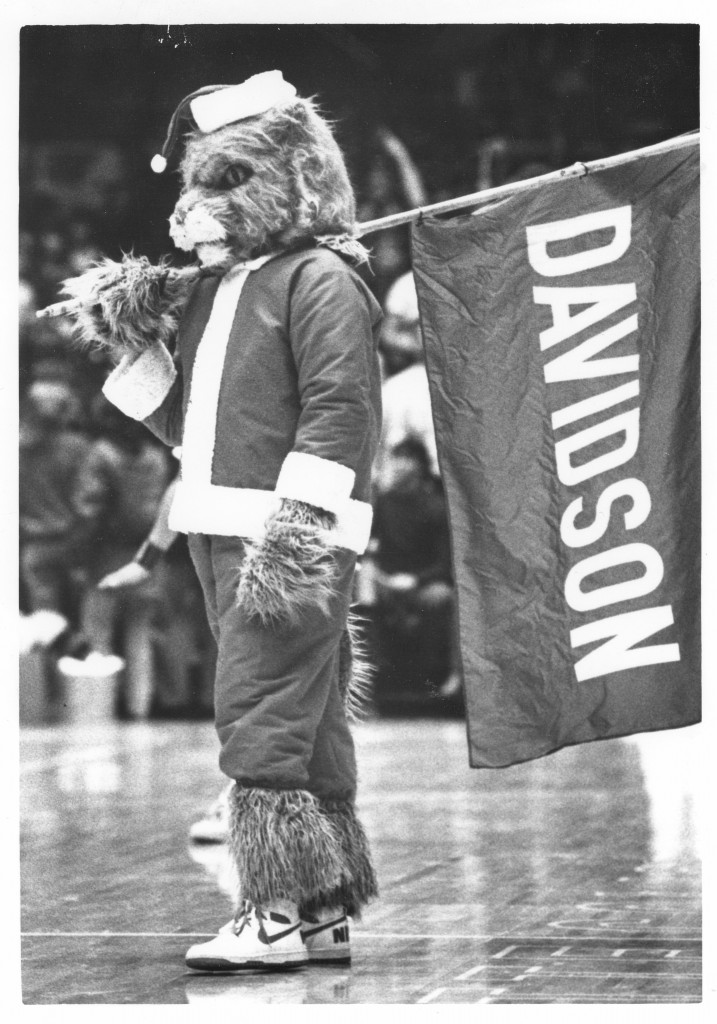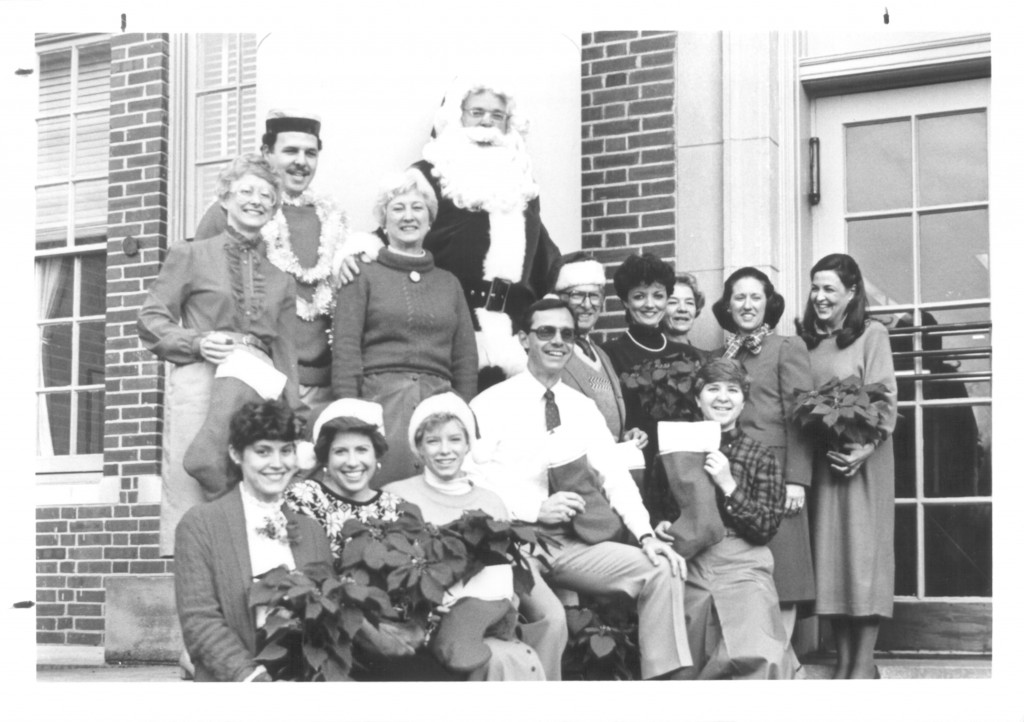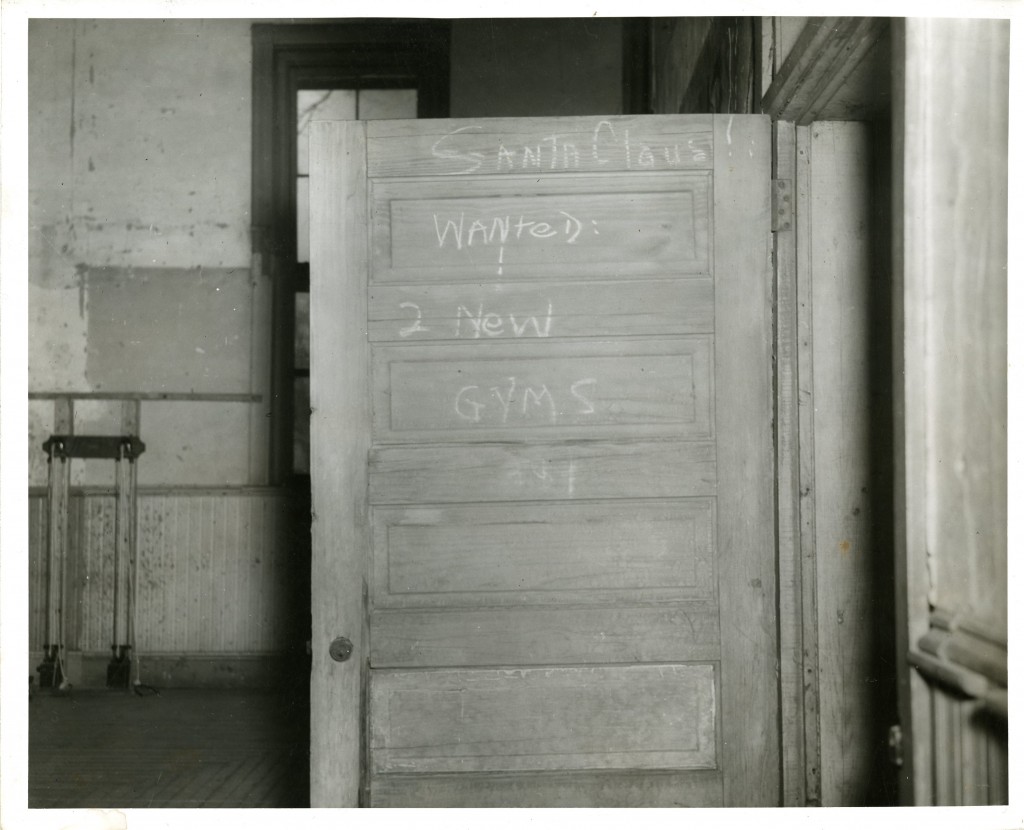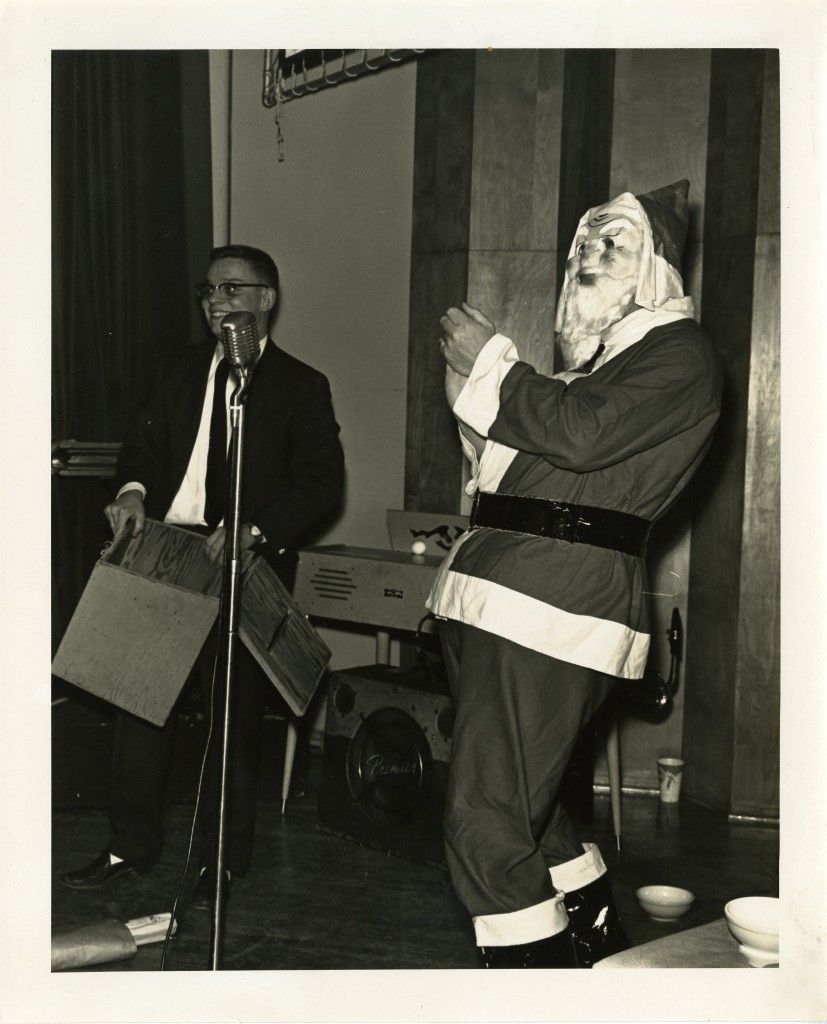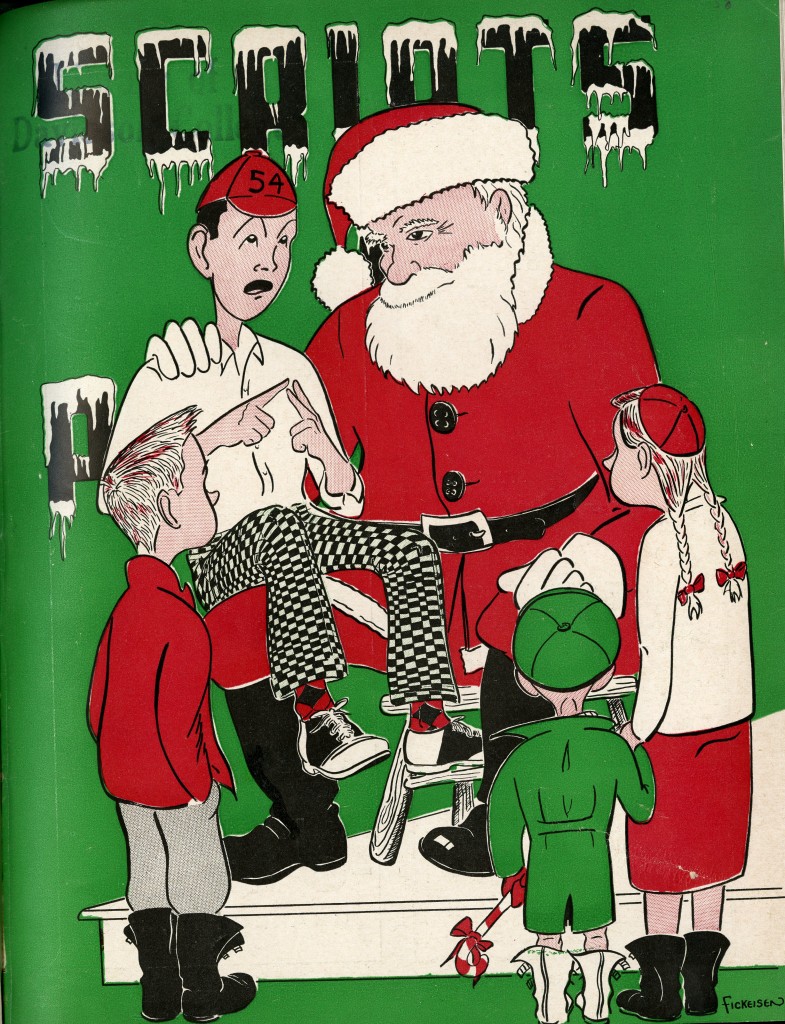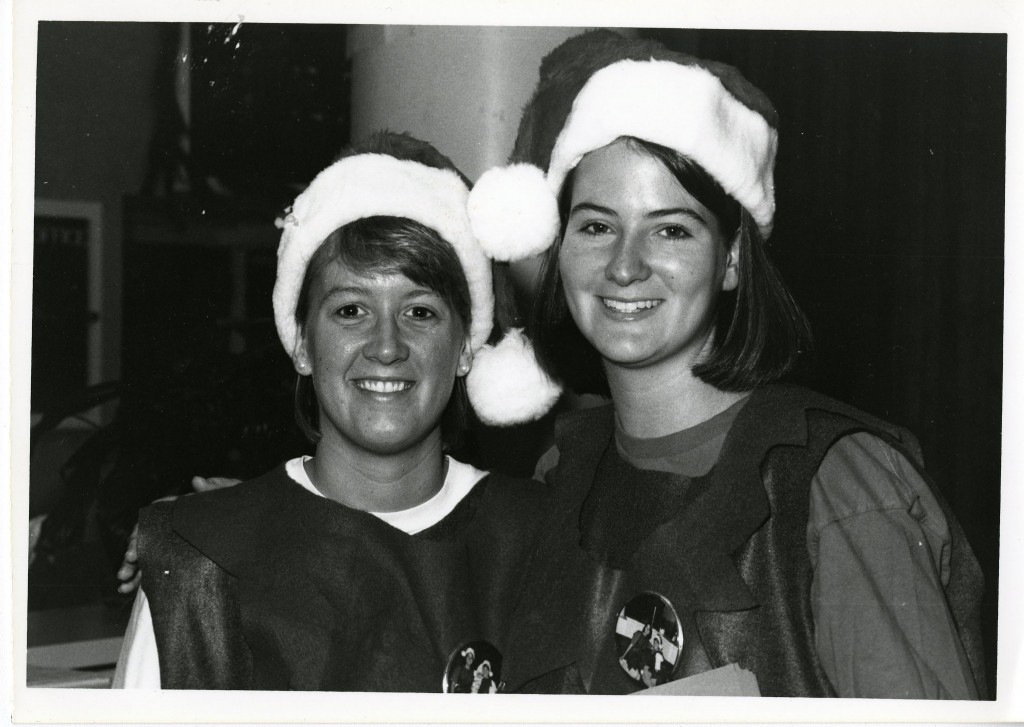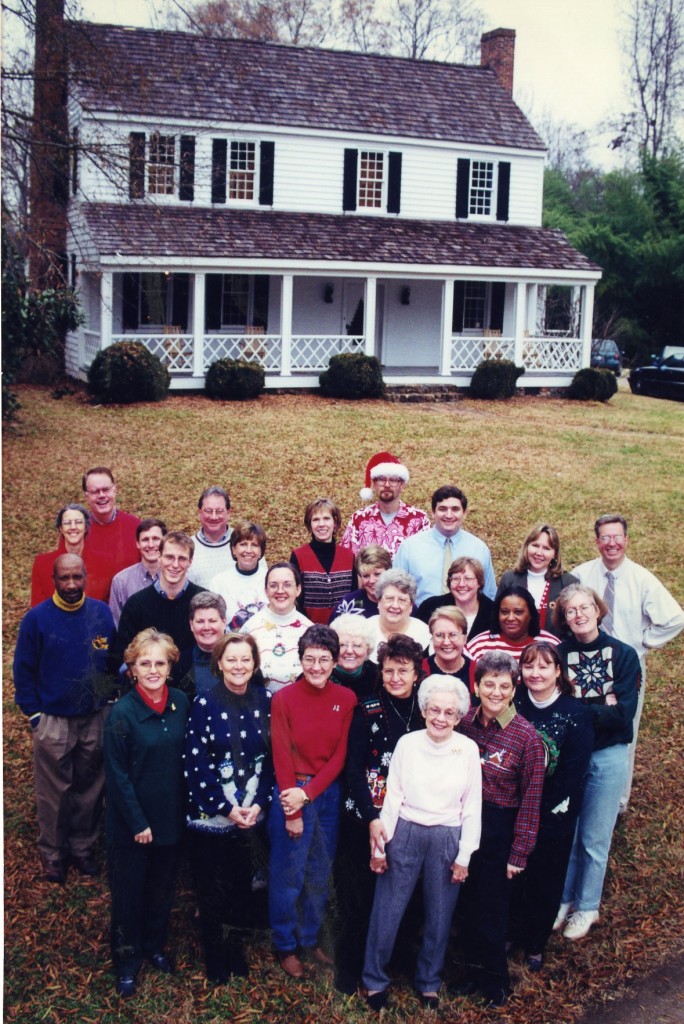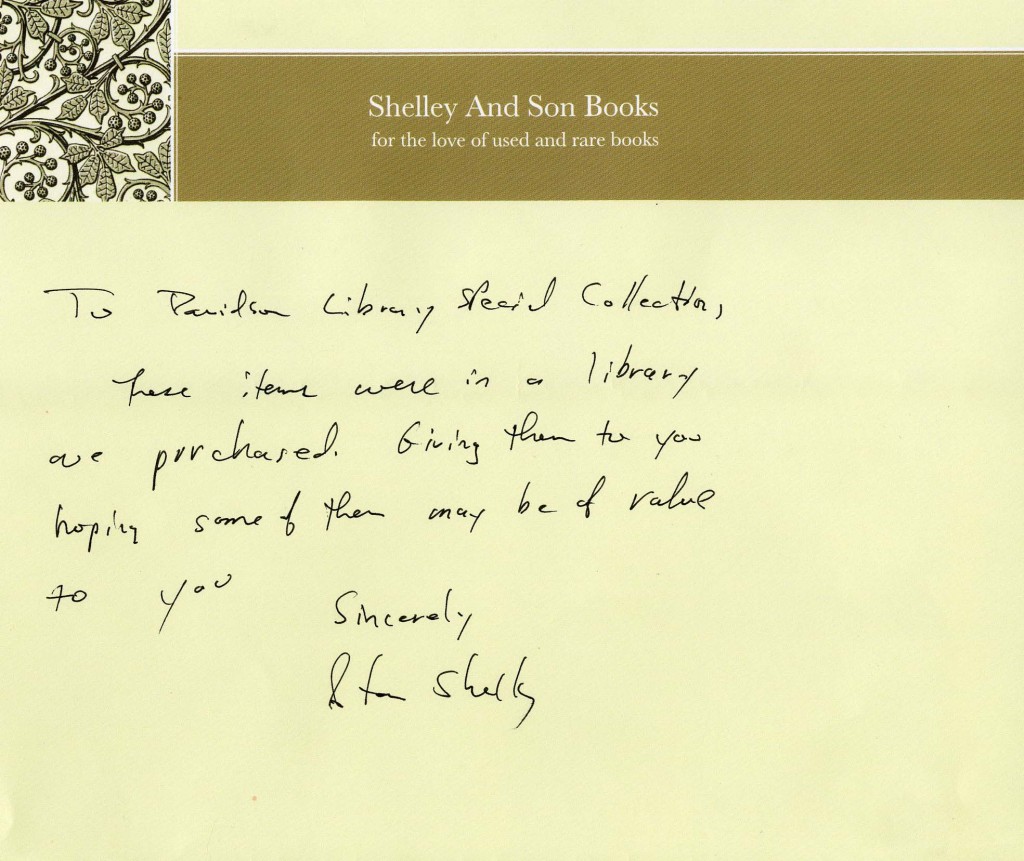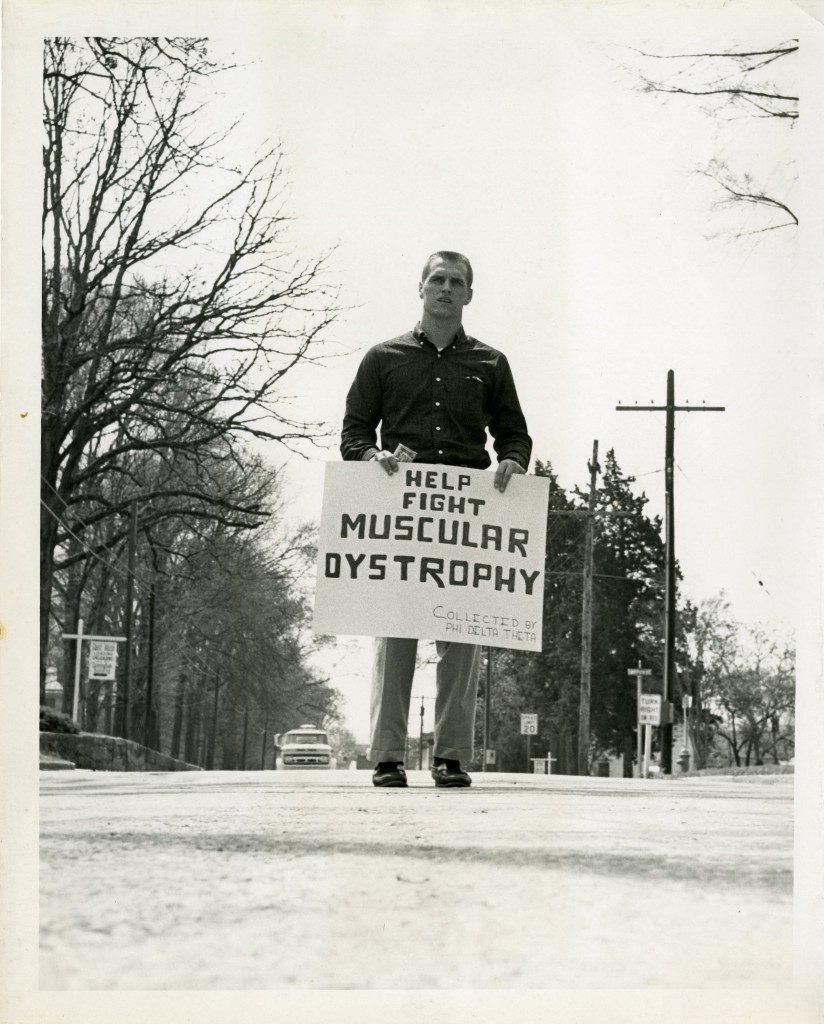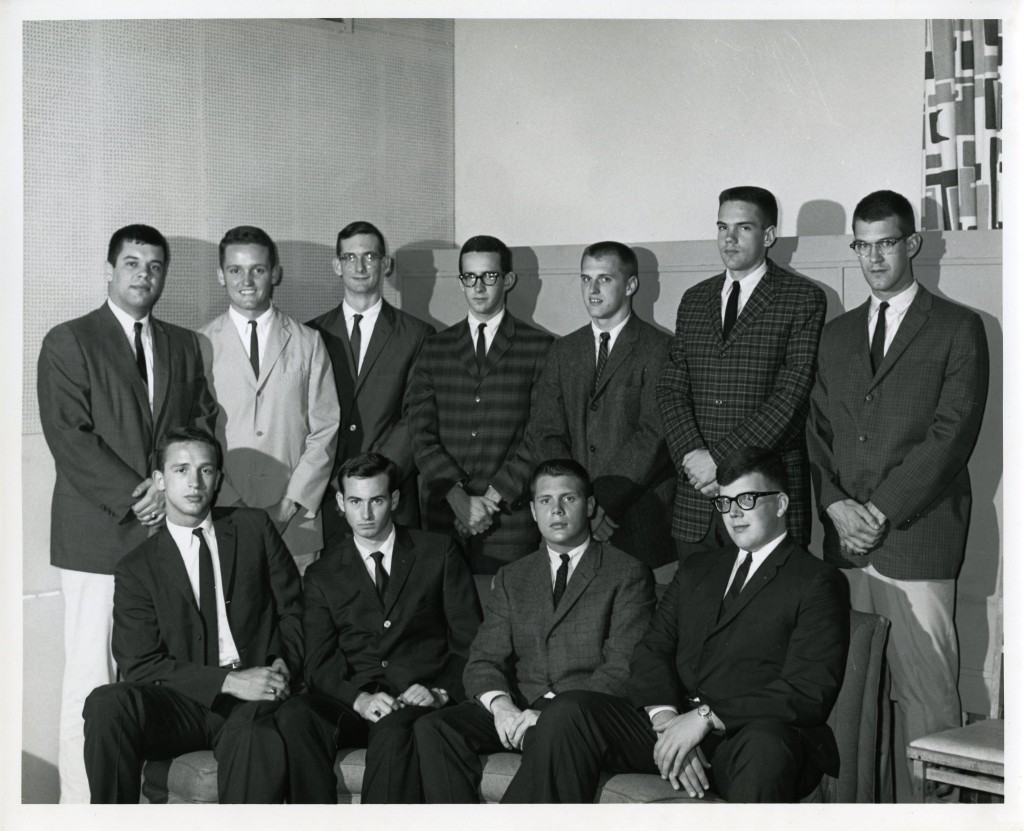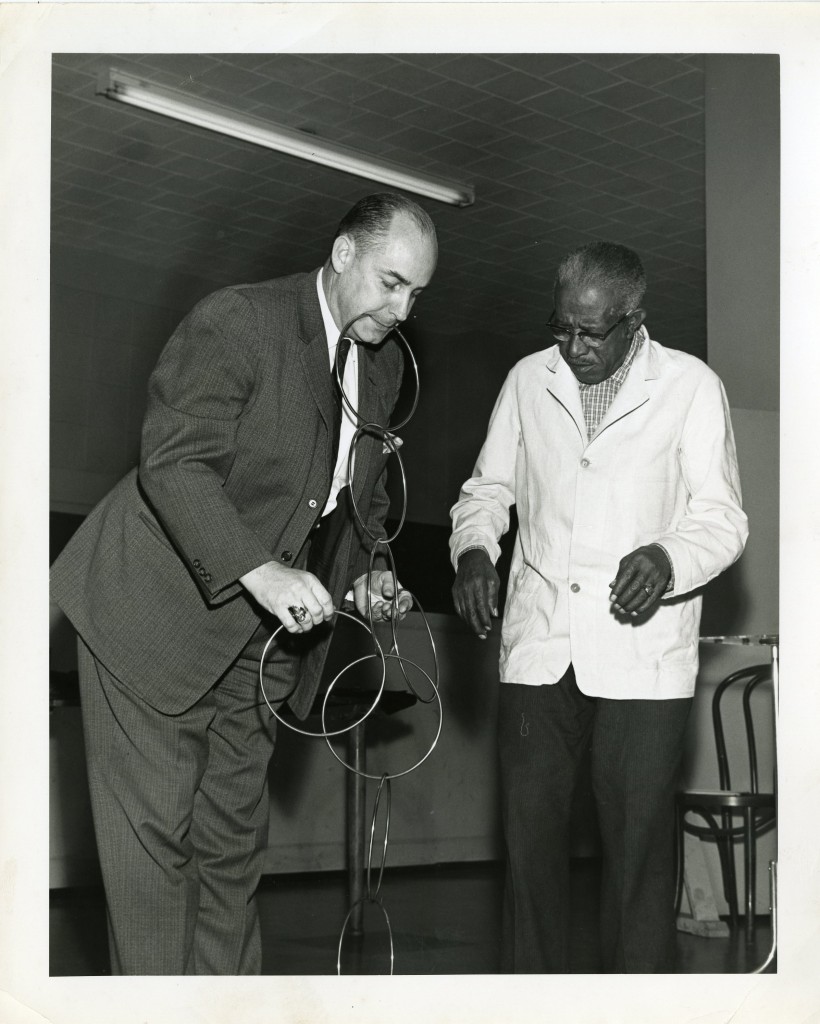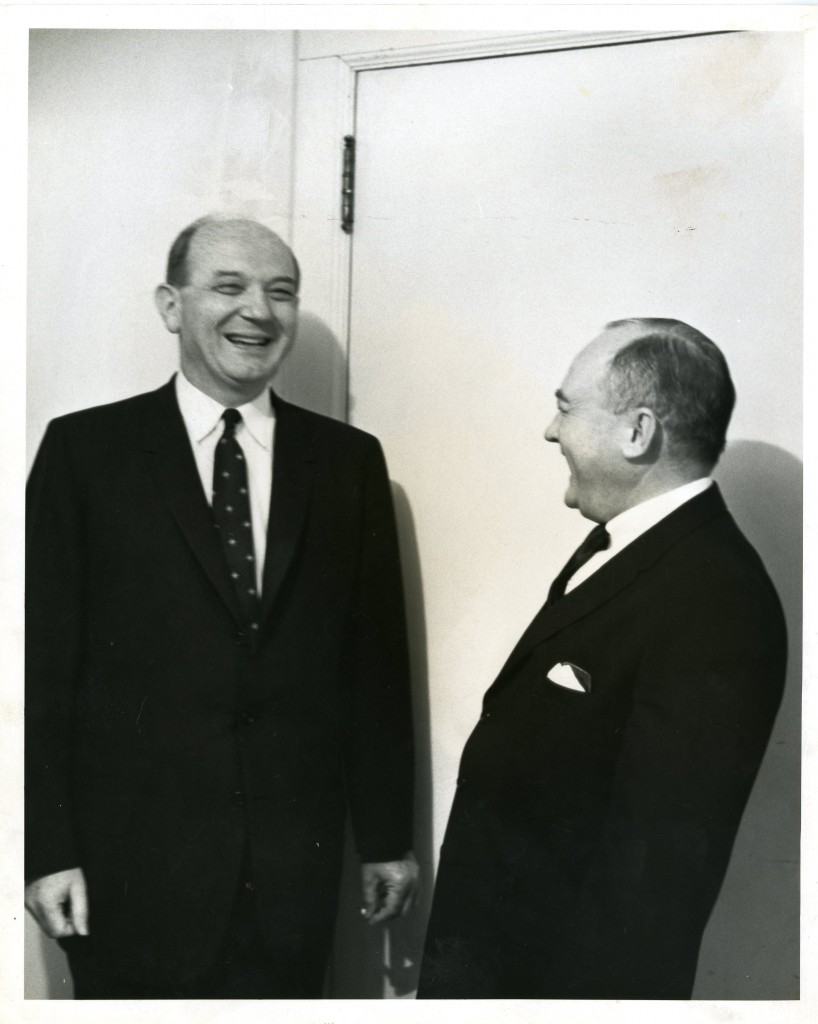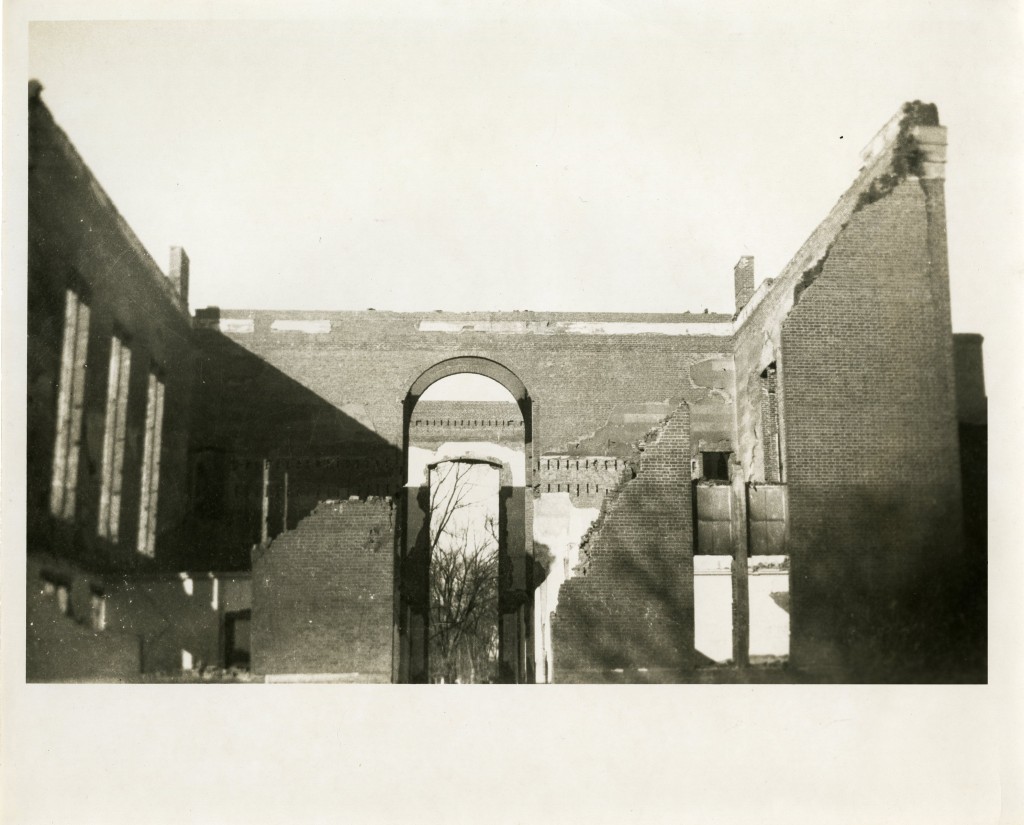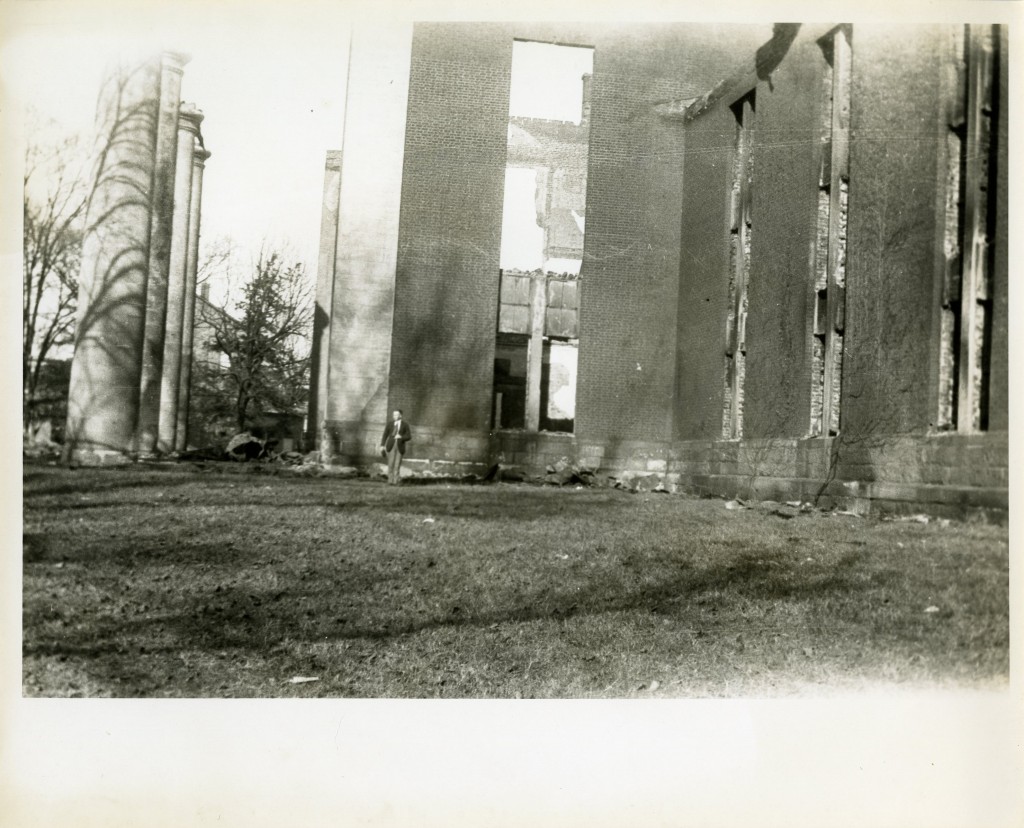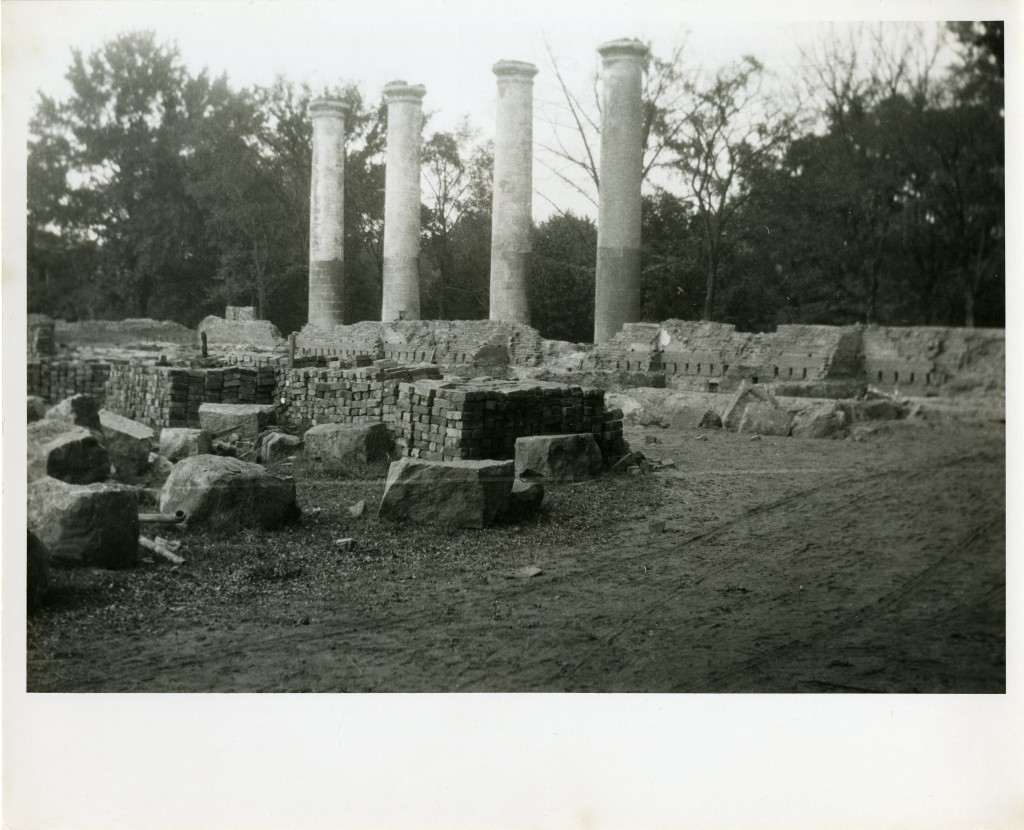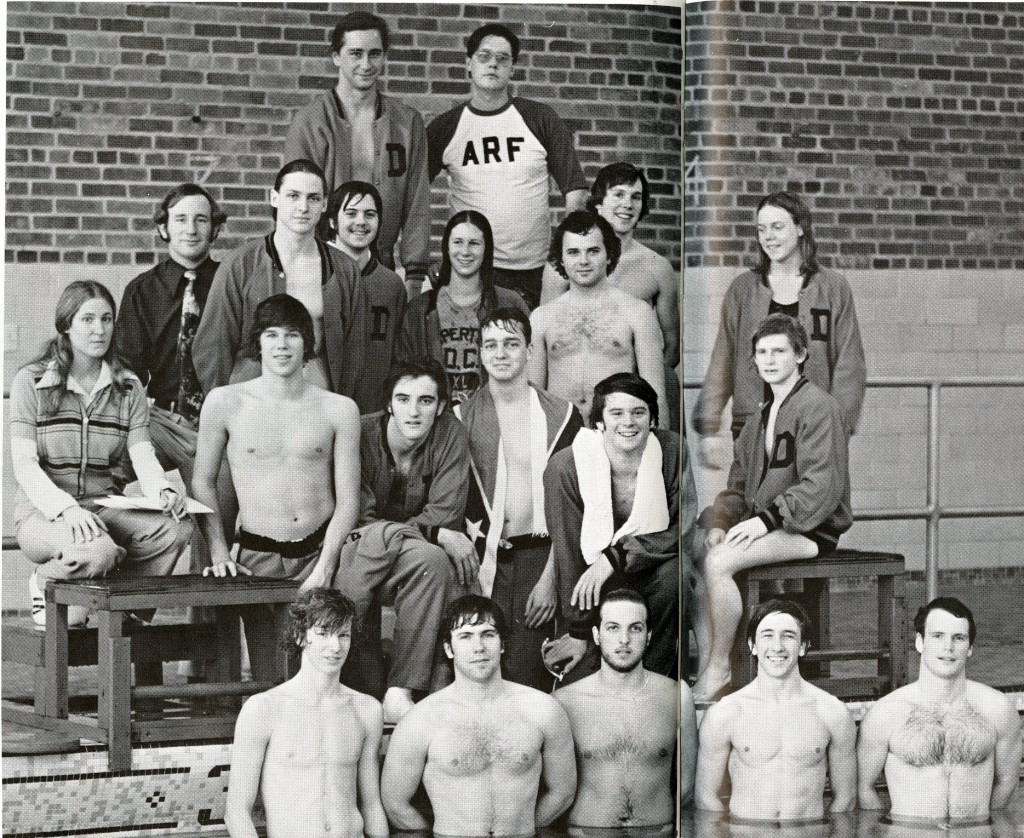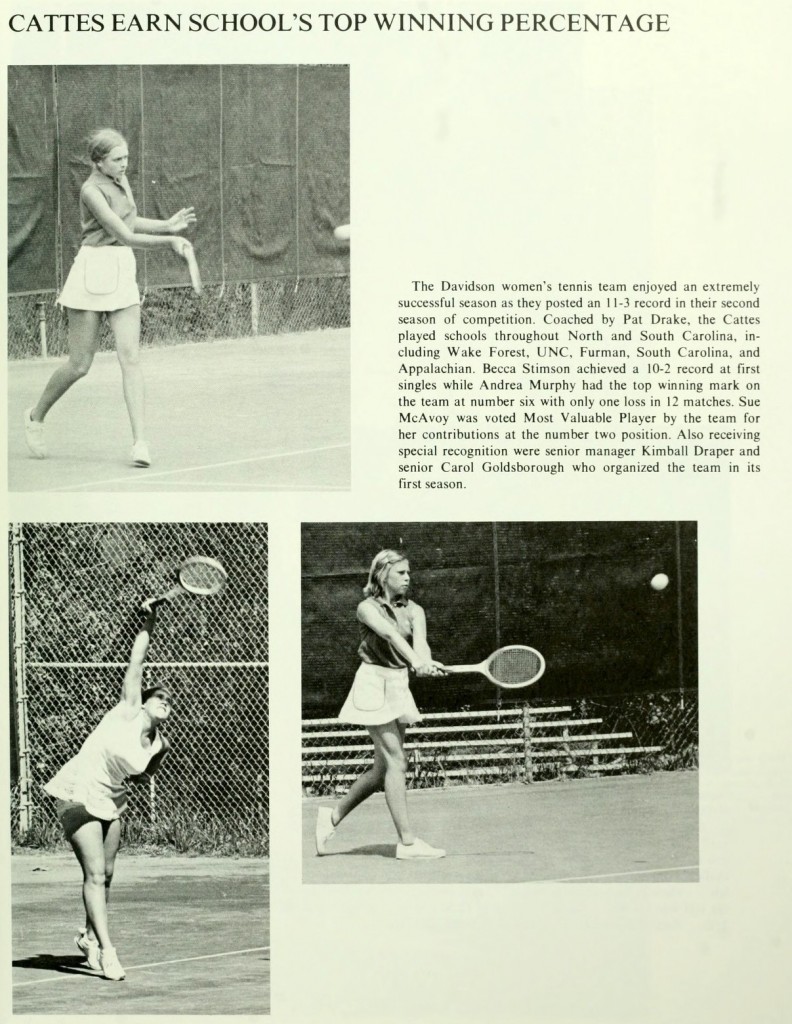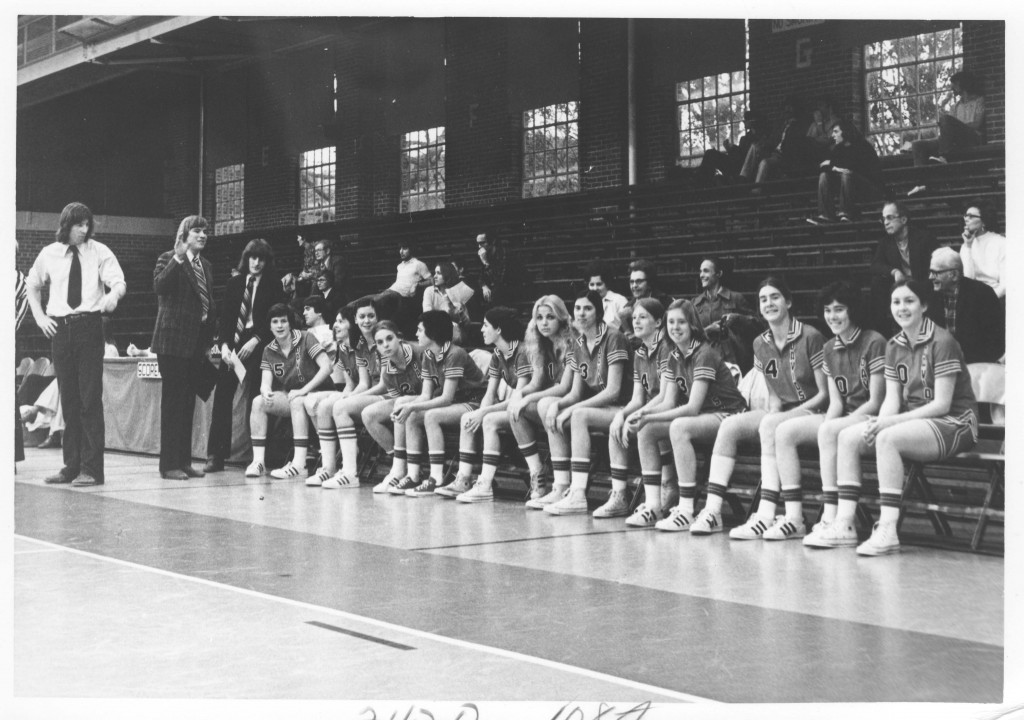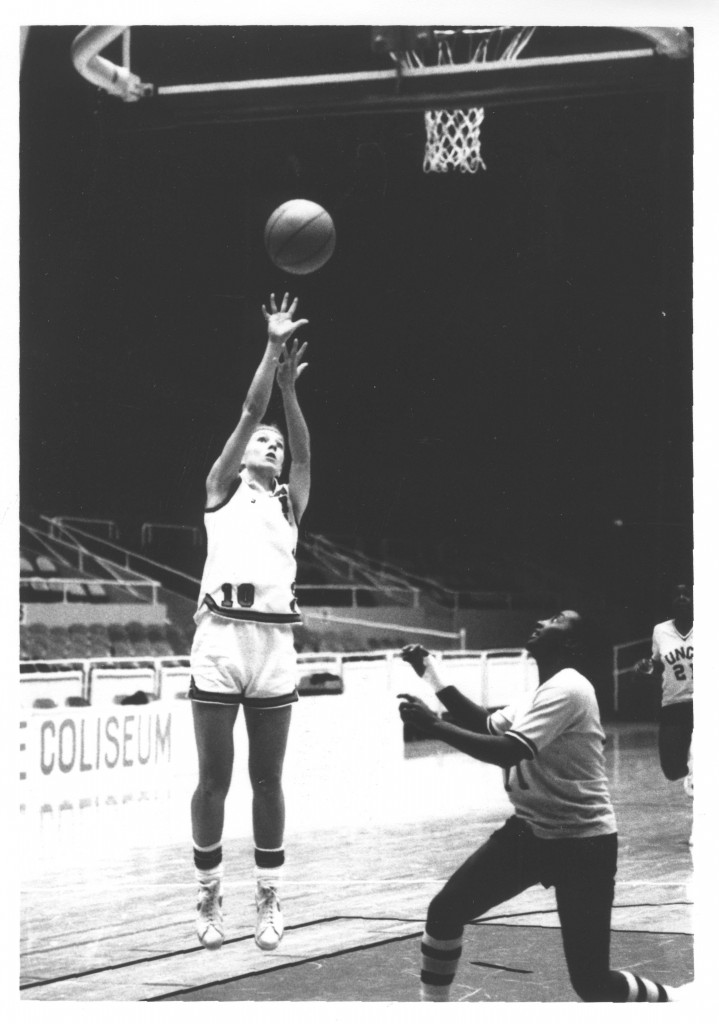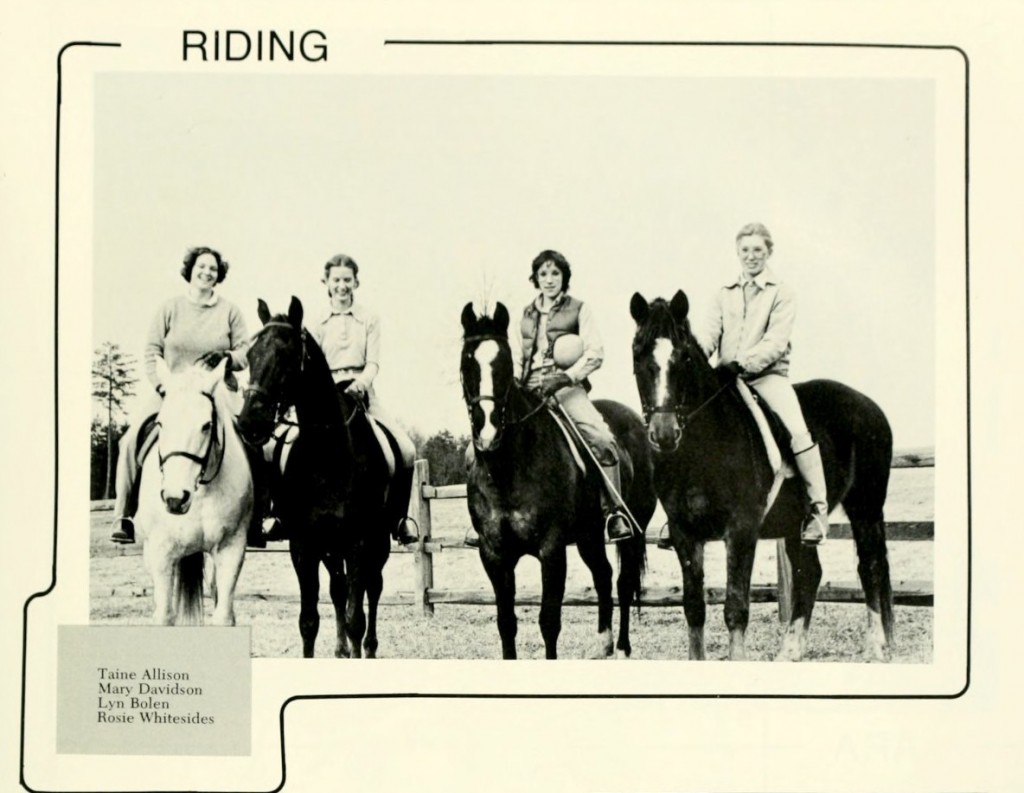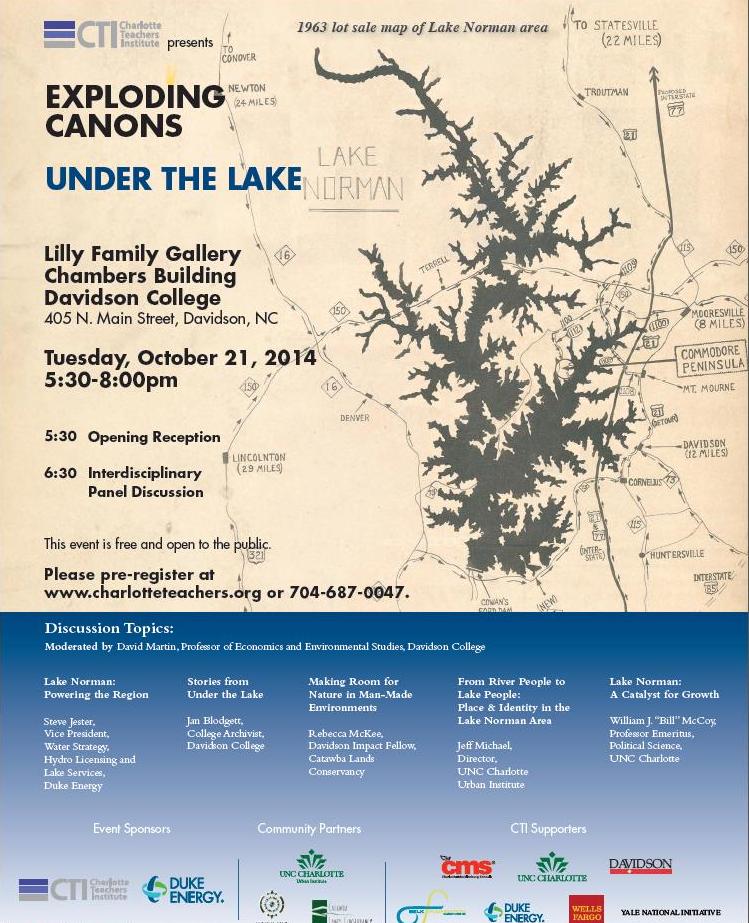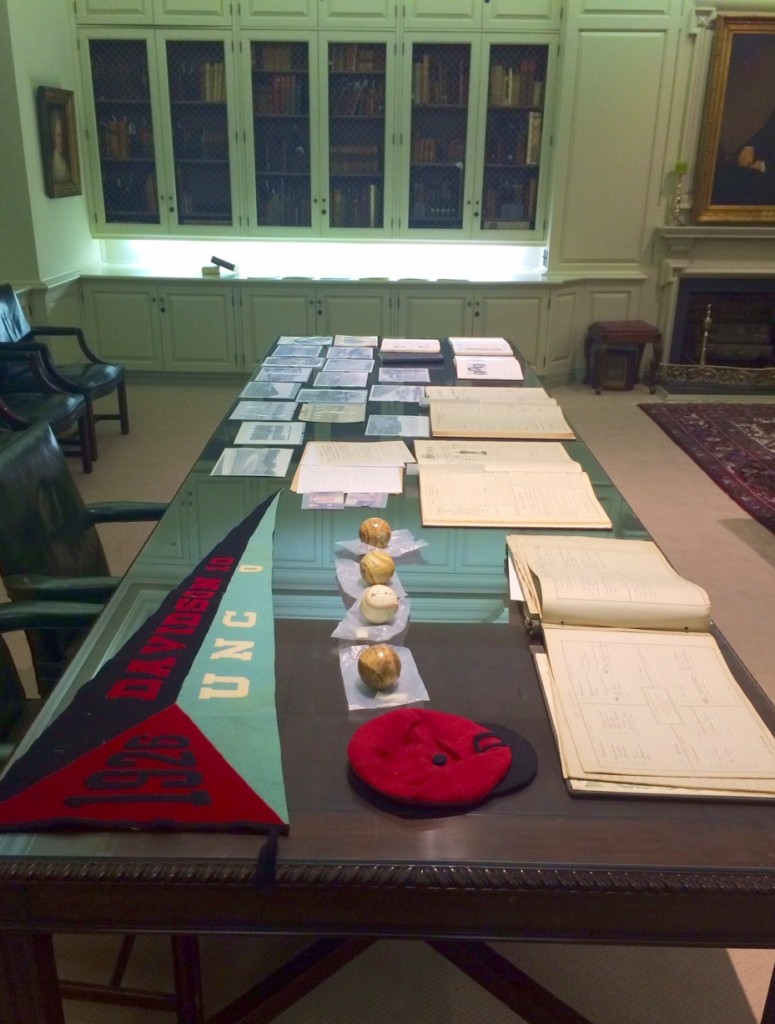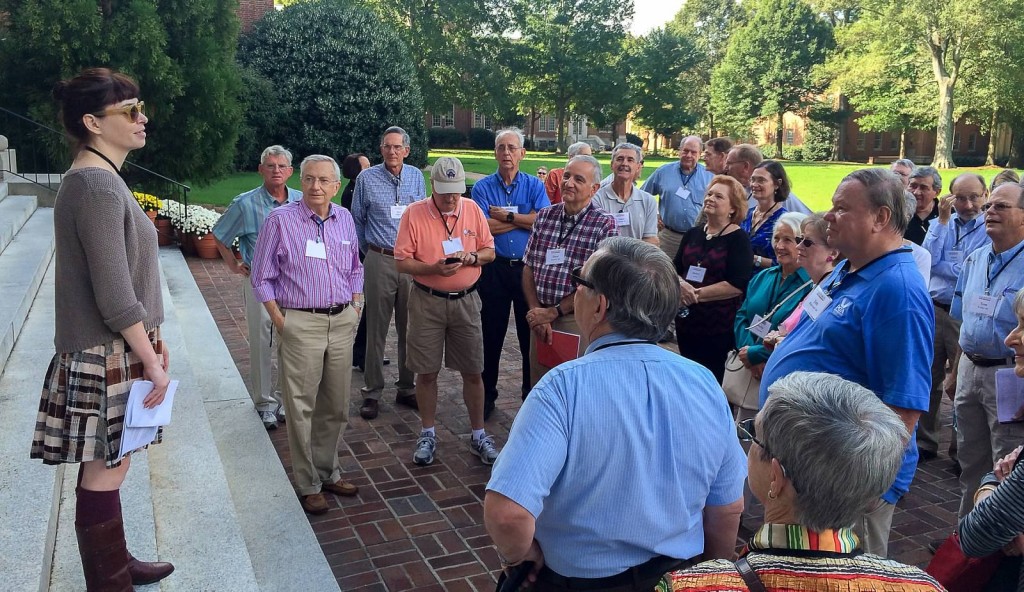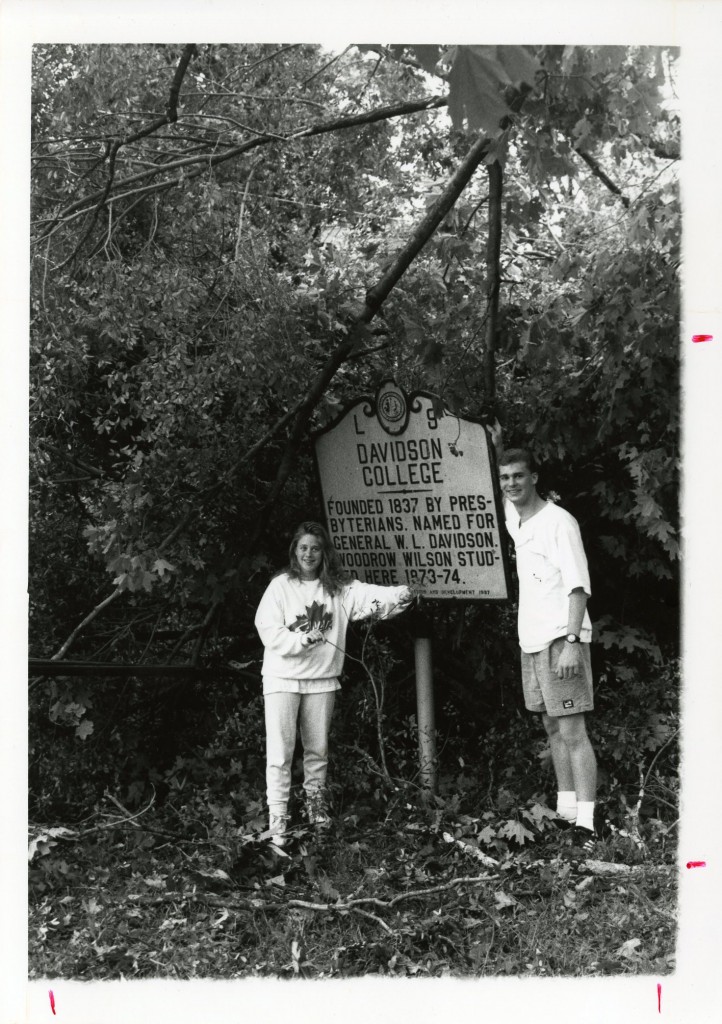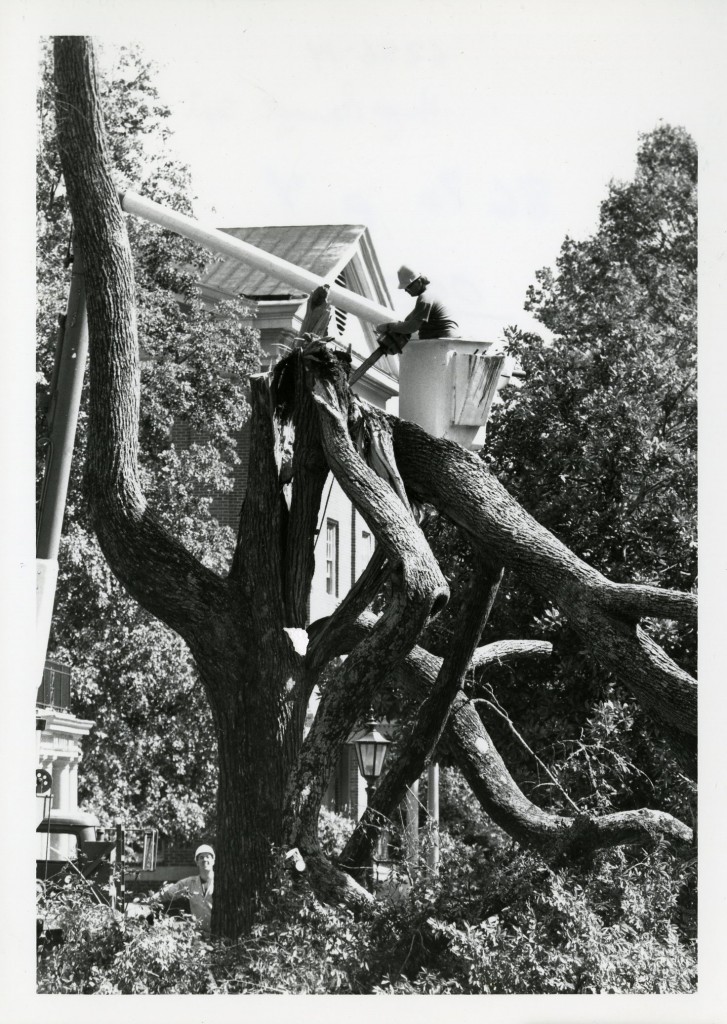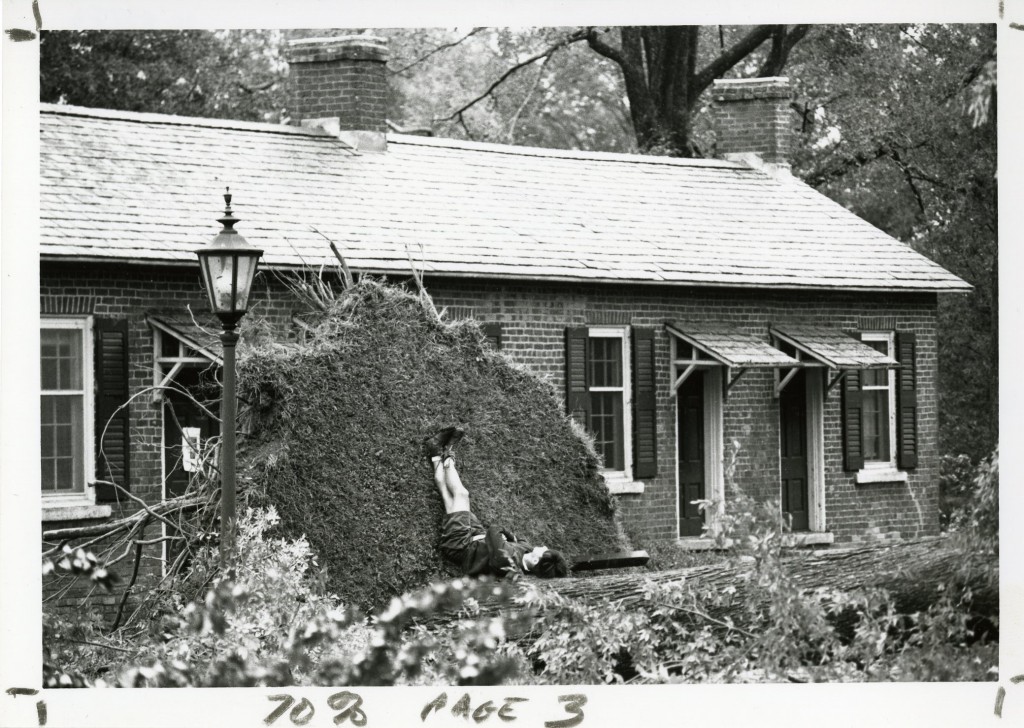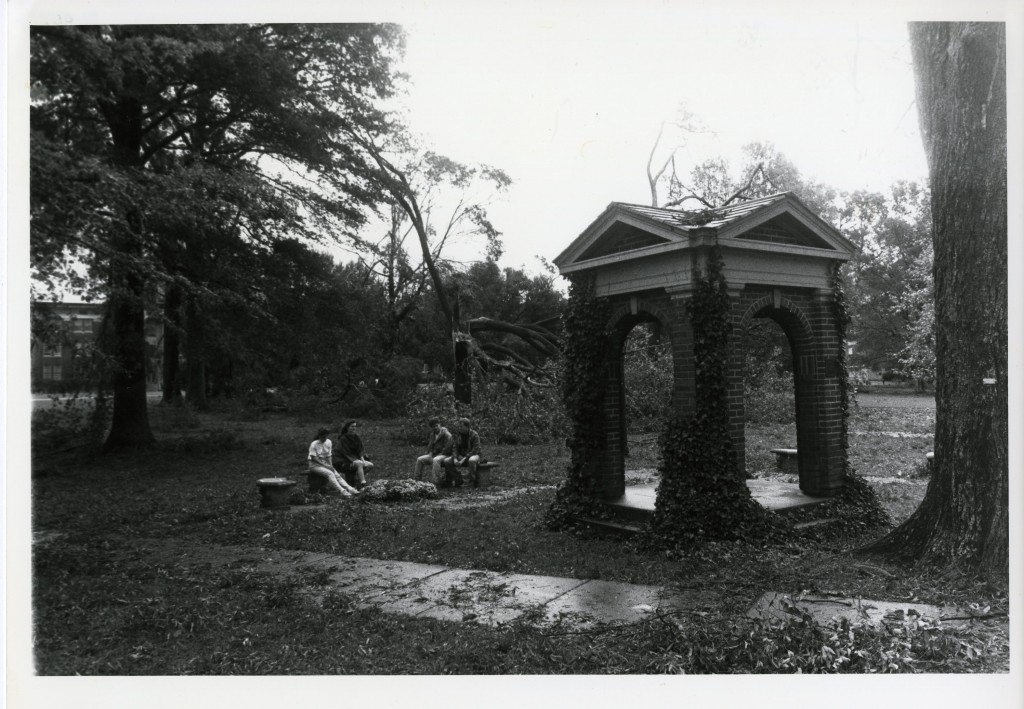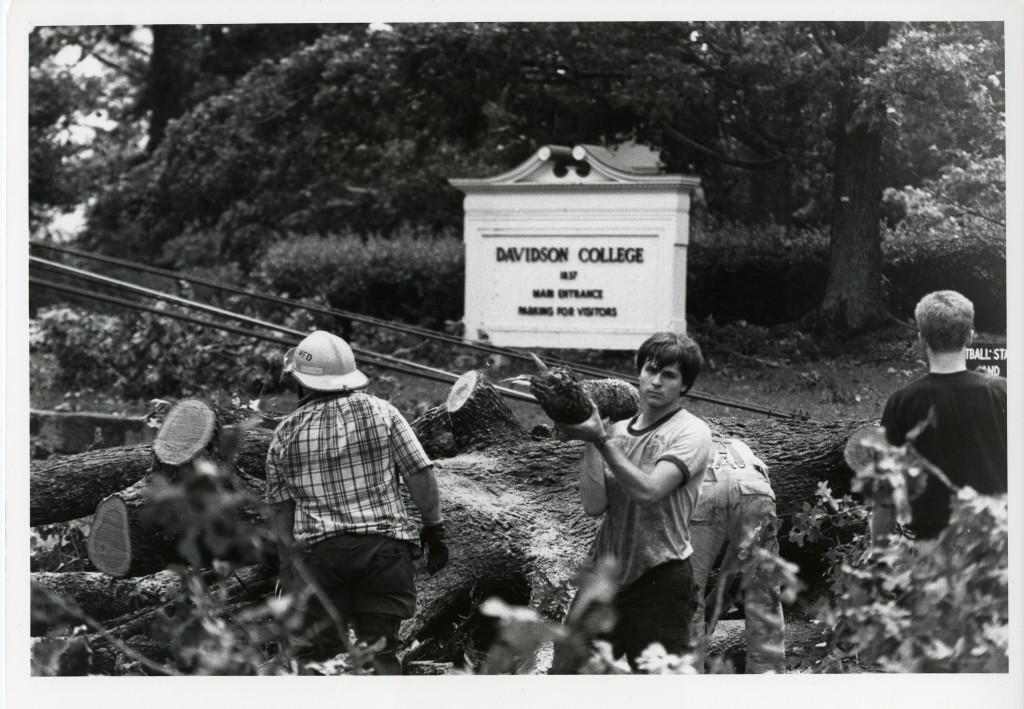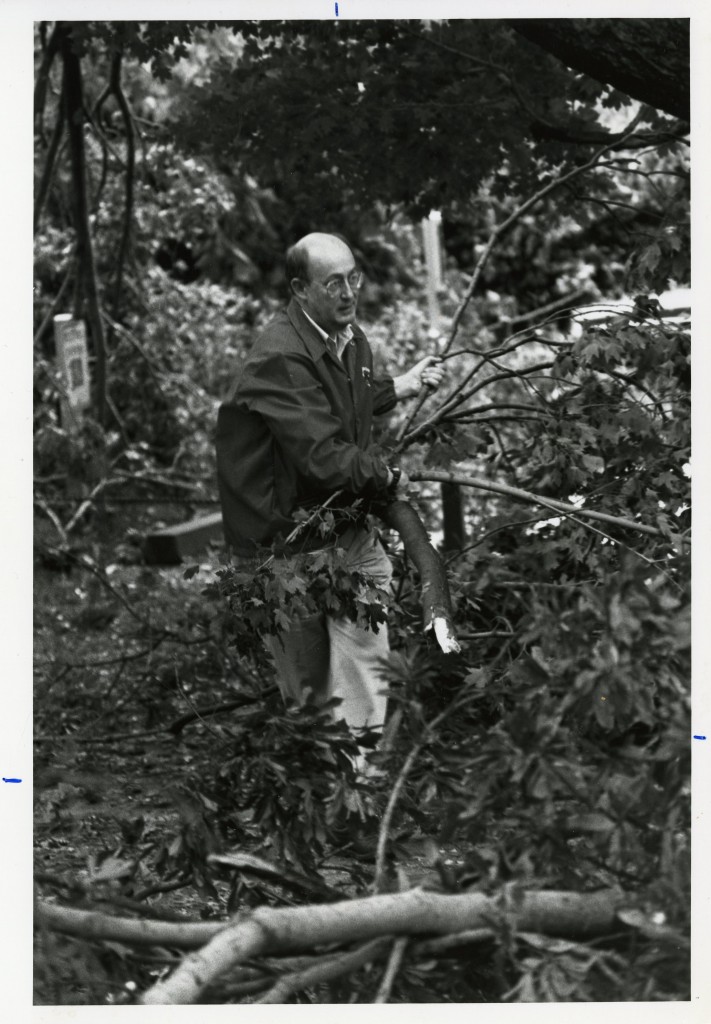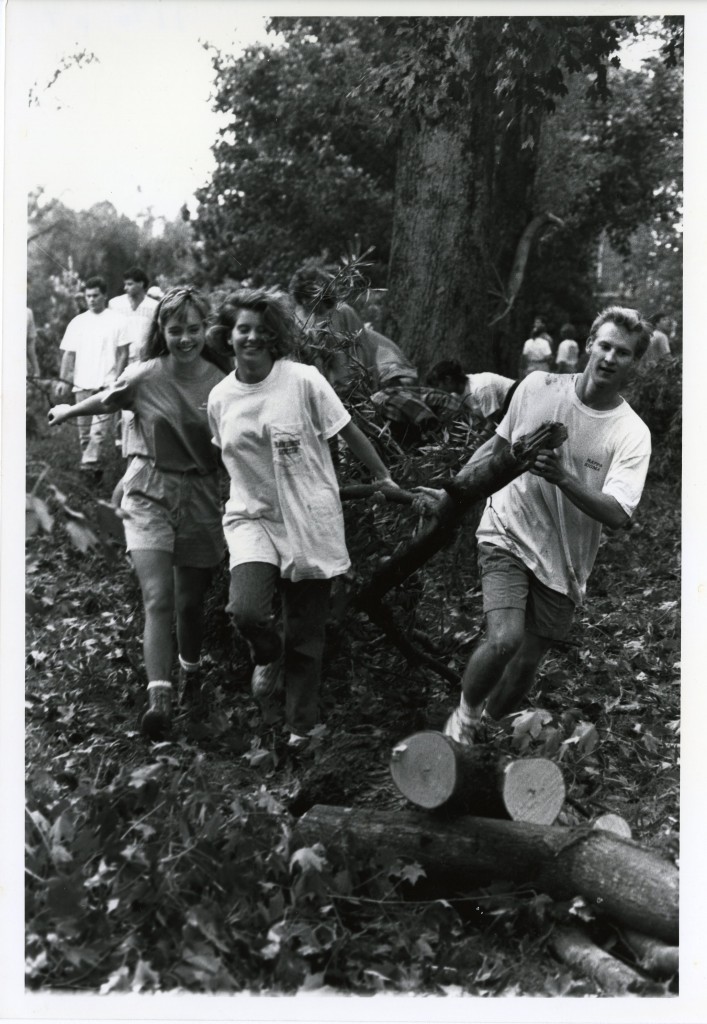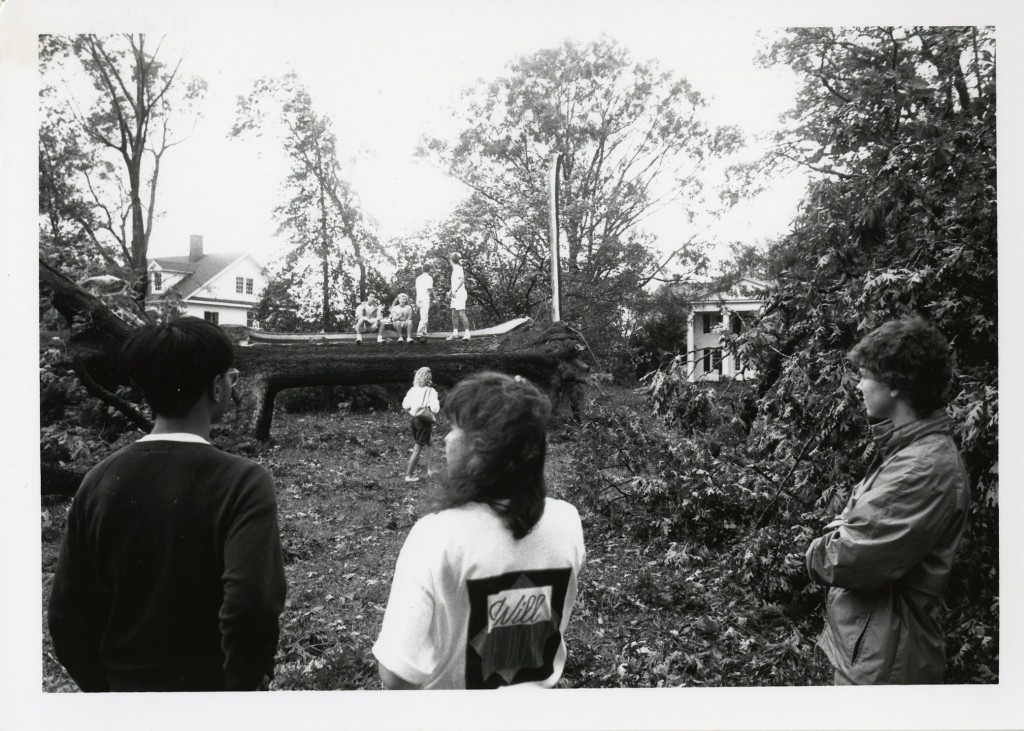This Friday, Davidson’s men’s basketball team will play University of Iowa, kicking off their eighth NCAA tournament under head coach Bob McKillop. McKillop’s 26th year as head coach is also Davidson’s first in the Atlantic 10 Conference, so to honor both a successful first year in a new conference and his long tenure at Davidson, the Archives & Special Collections presents pictures of Bob McKillop throughout the years:
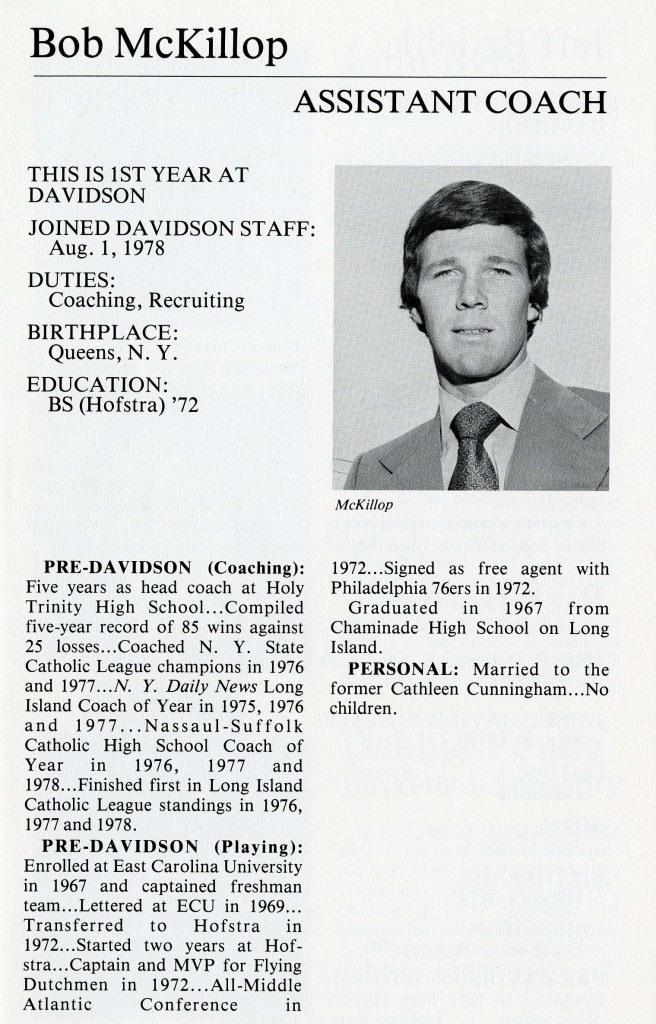
Many forget that Bob McKillop originally came to Davidson as an assistant coach for the 1978 – 1979 season.
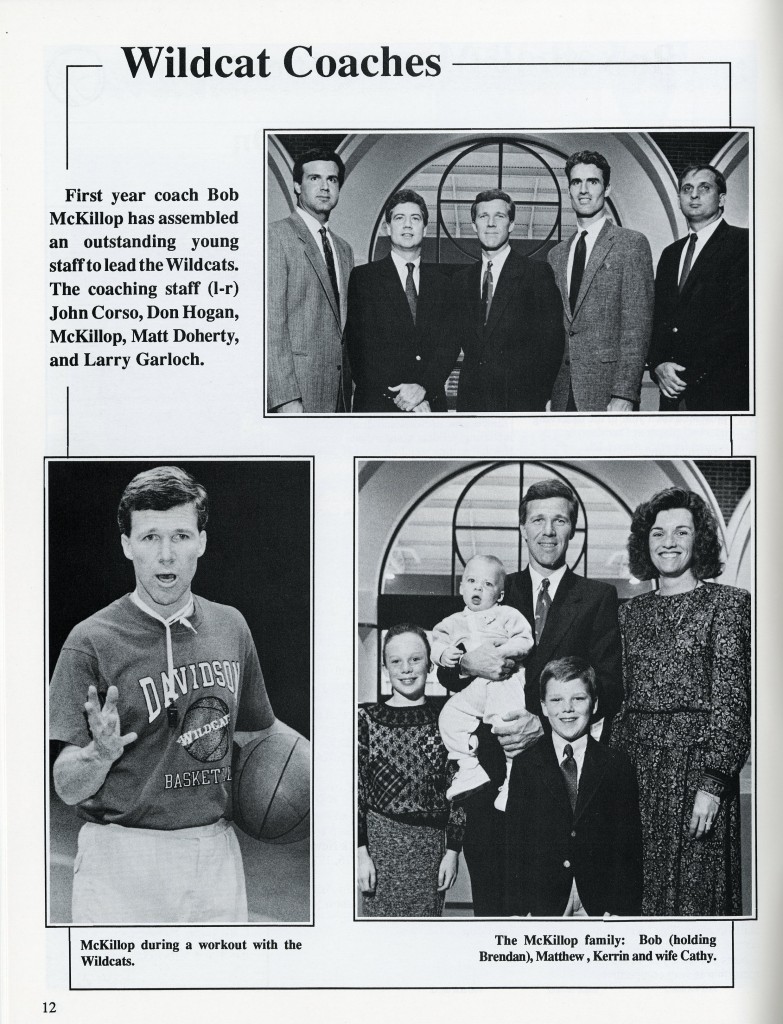
McKillop returned to Davidson as the head coach for the 1989 – 1990 season (from that year’s basketball media guide).
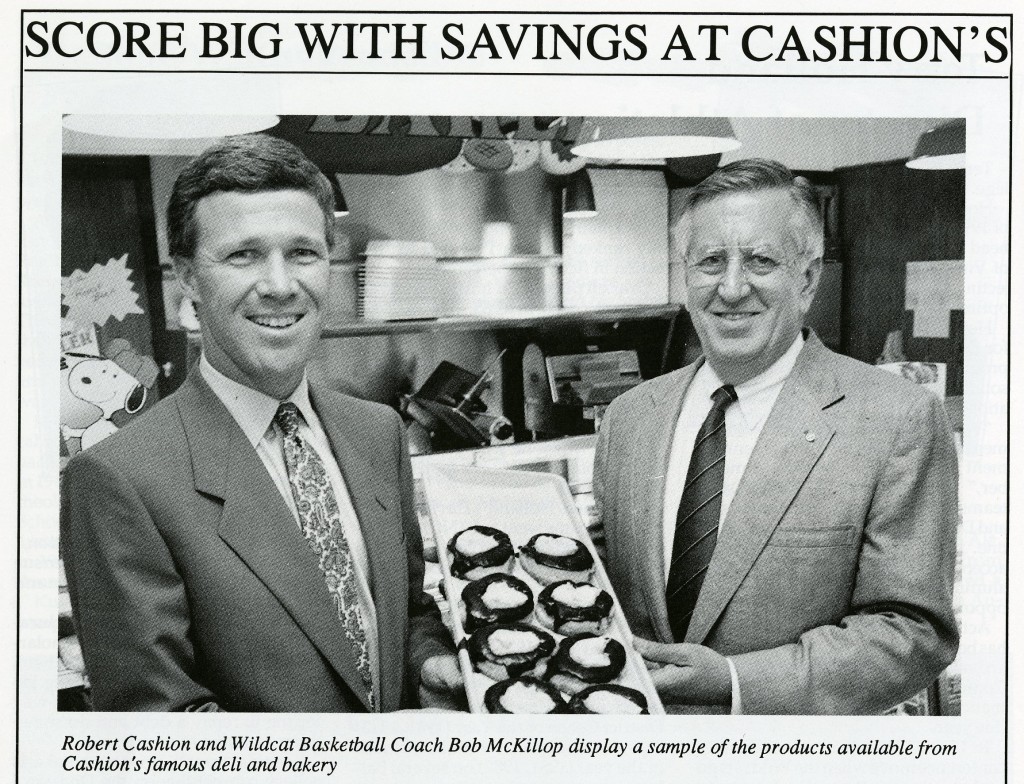
Part of the head coach gig at Davidson includes posing for photos with team sponsors – as McKillop does here with Robert Cashion of Cashion’s deli, for the 1991 – 1992 media guide.
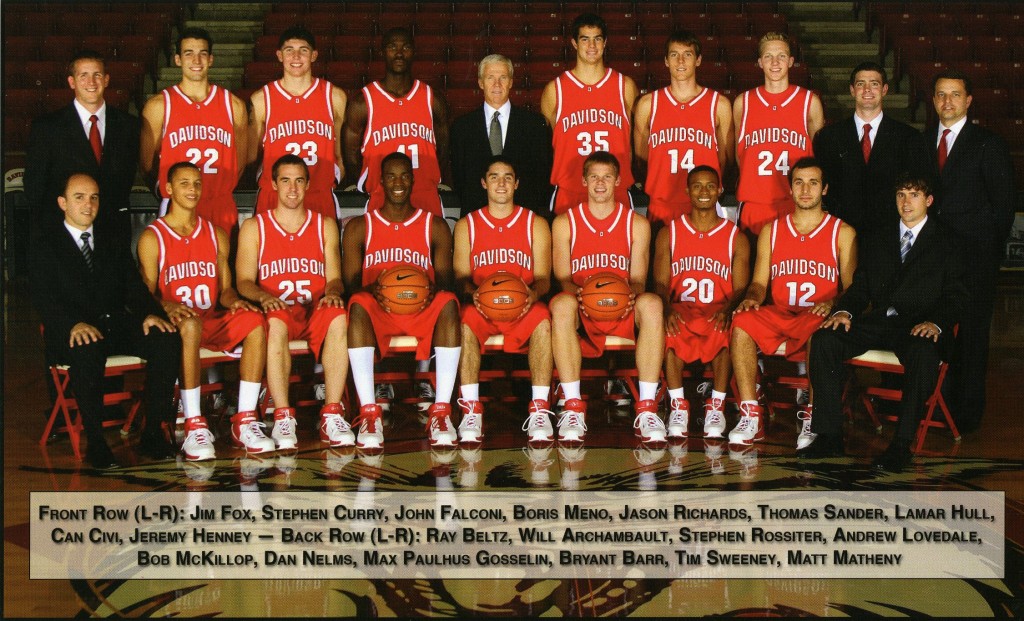
The men’s basketball team photo for 2006 – 2007 – McKillop is in the center of the back row. Current NBA player Steph Curry is seated second from the left, front row.
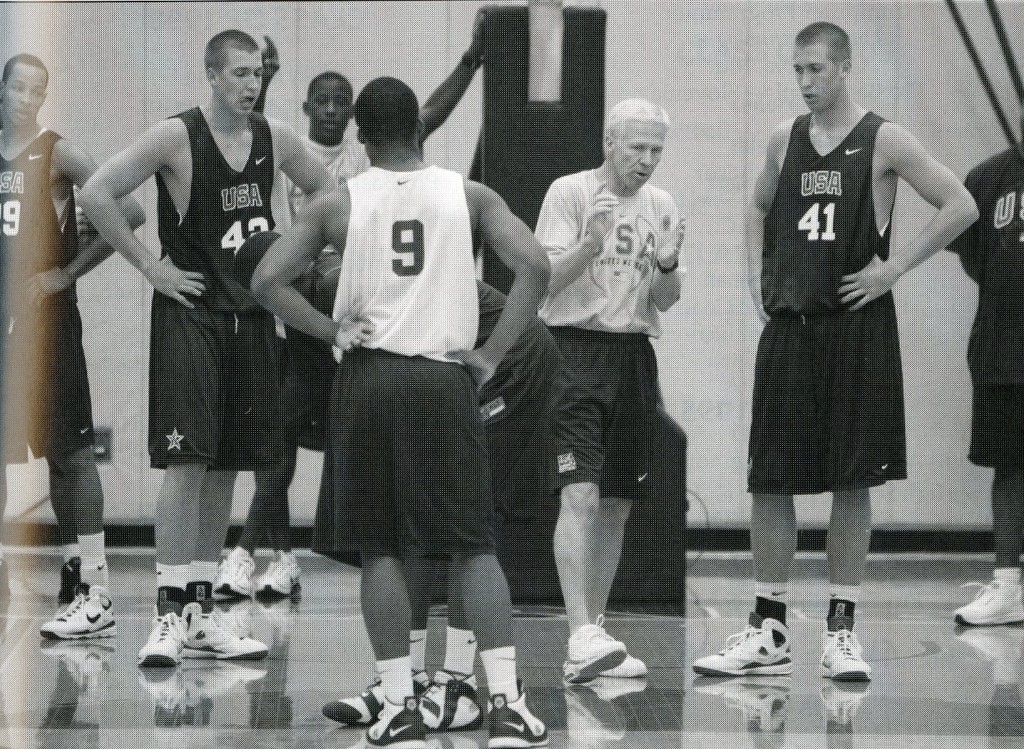
A more casual McKillop on the court with the USA U18 team, whom he coached to a silver medal in the 2008 FIBA Americas Championship.

The cover of the 2008 – 2009 basketball media guide, taken in E.H. Little’s own Smith Rare Book Room. McKillop is pictured with a few of his SoCon tournament trophies and with then-seniors Andrew Lovedale, Can Civi, and Max Paulhus Gosselin.
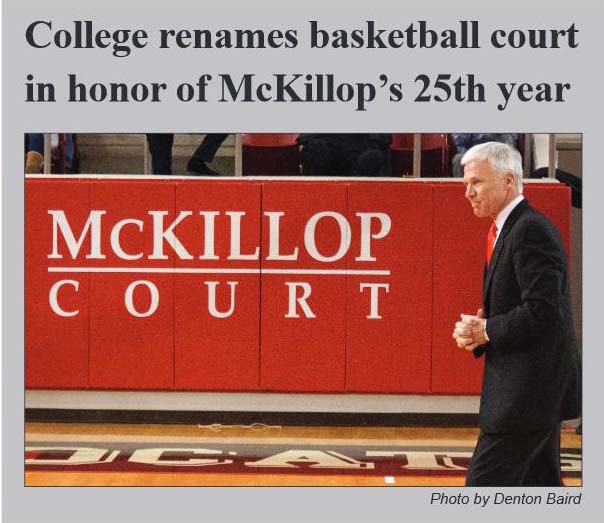
In honor of McKillop’s 25th year at Davidson, the basketball court became McKillop Court (from the February 5th, 2014 issue of The Davidsonian).
We hope you enjoyed this small sample of archival holdings on Bob McKillop’s years at Davidson – go Wildcats!
